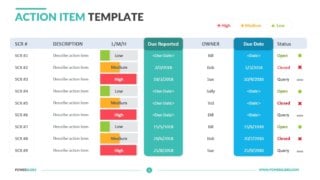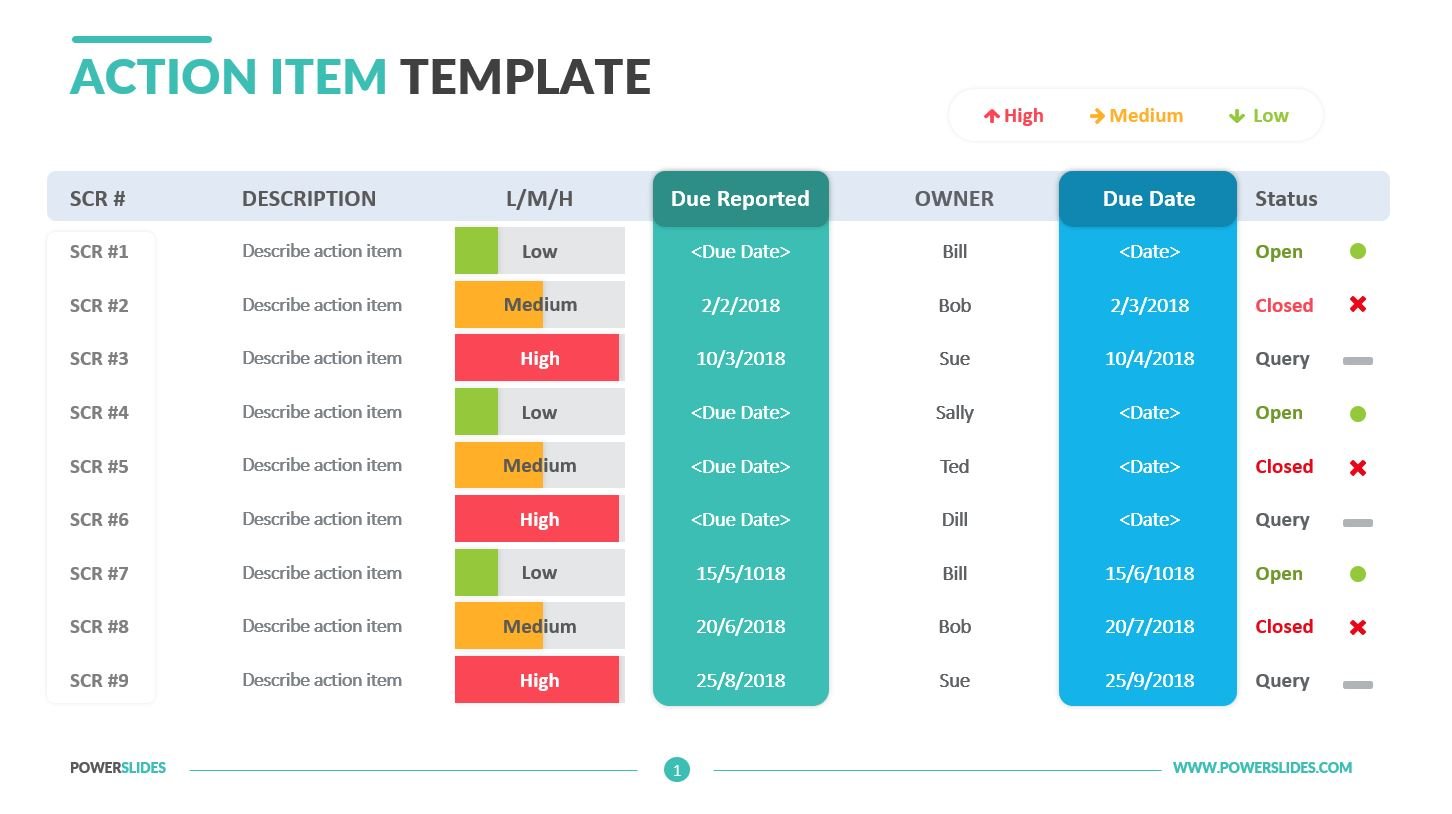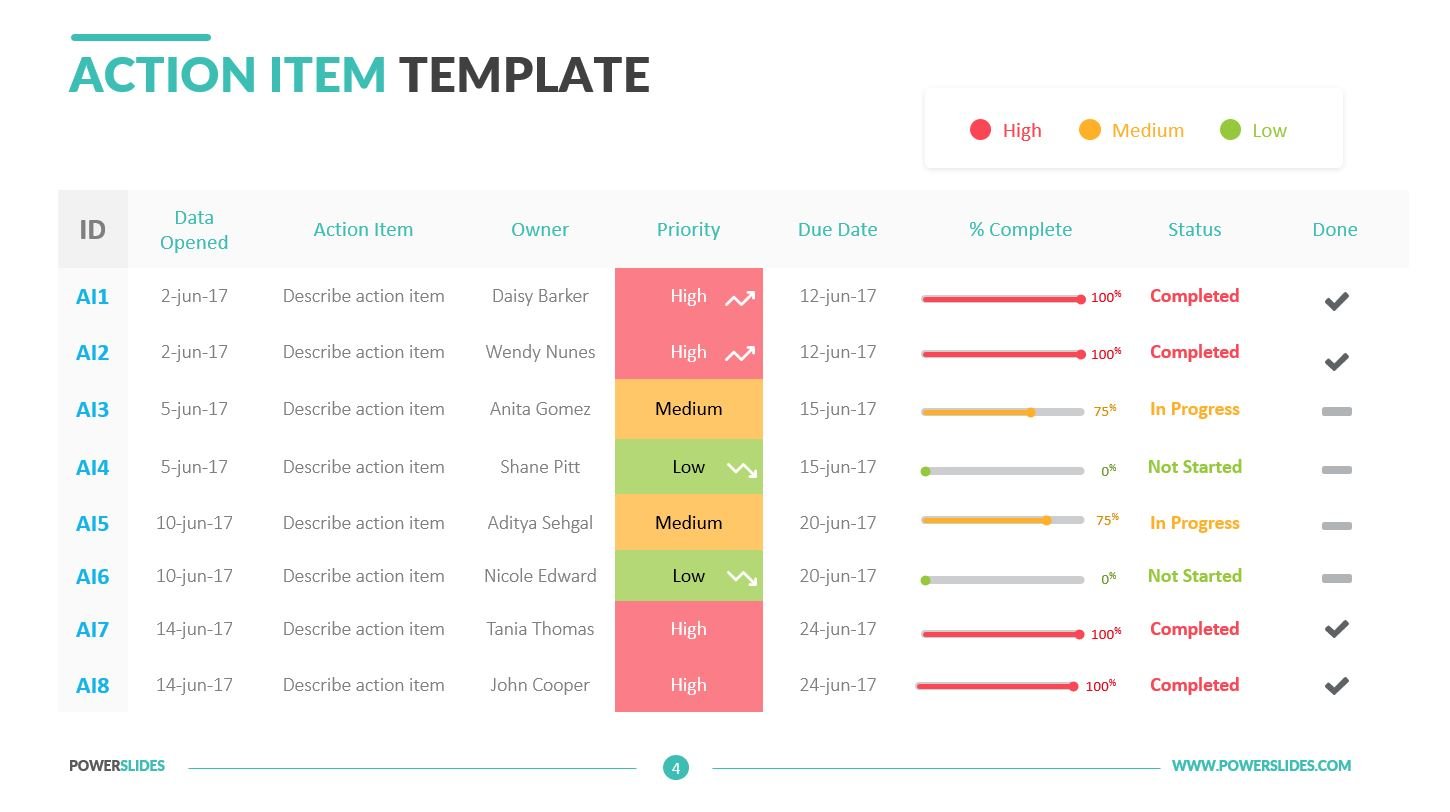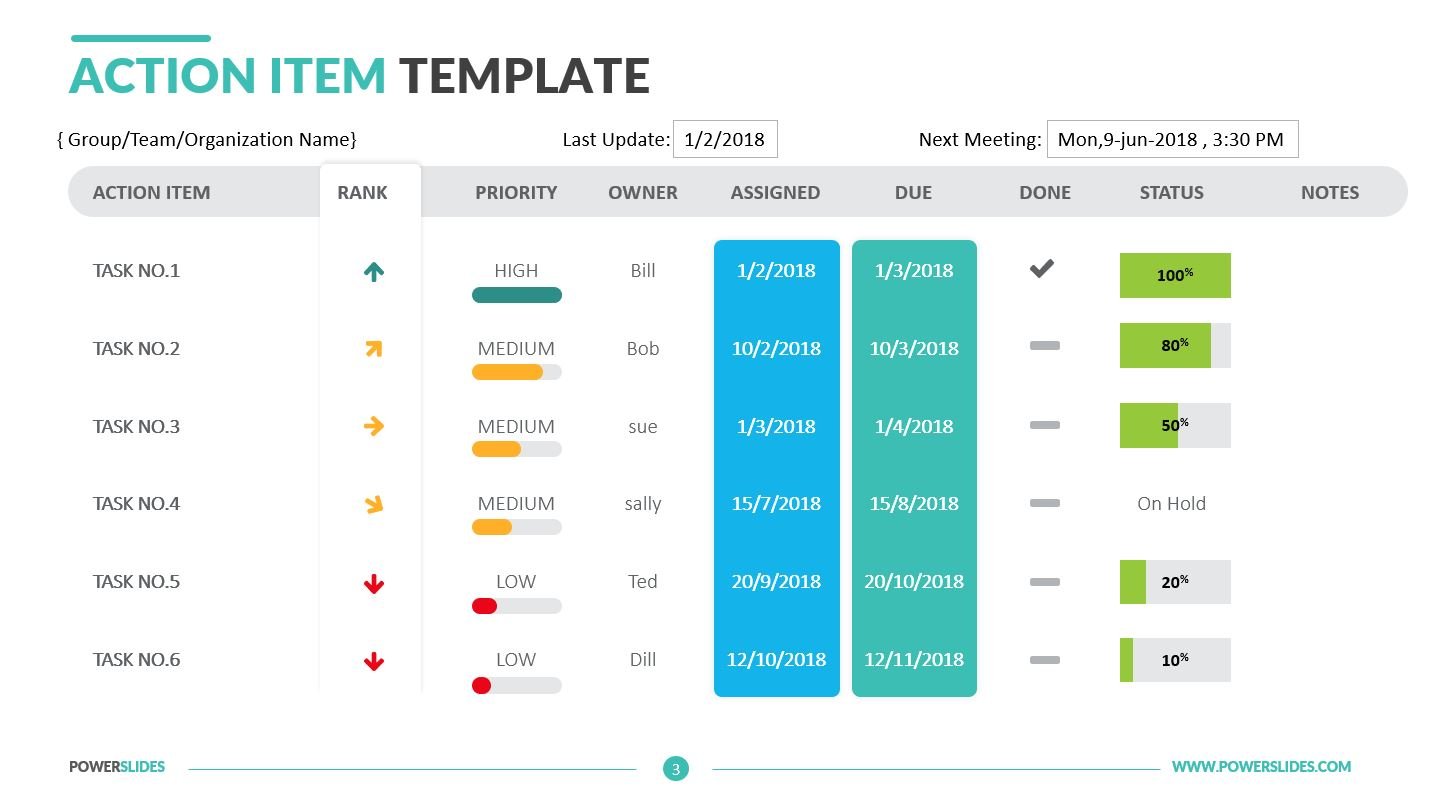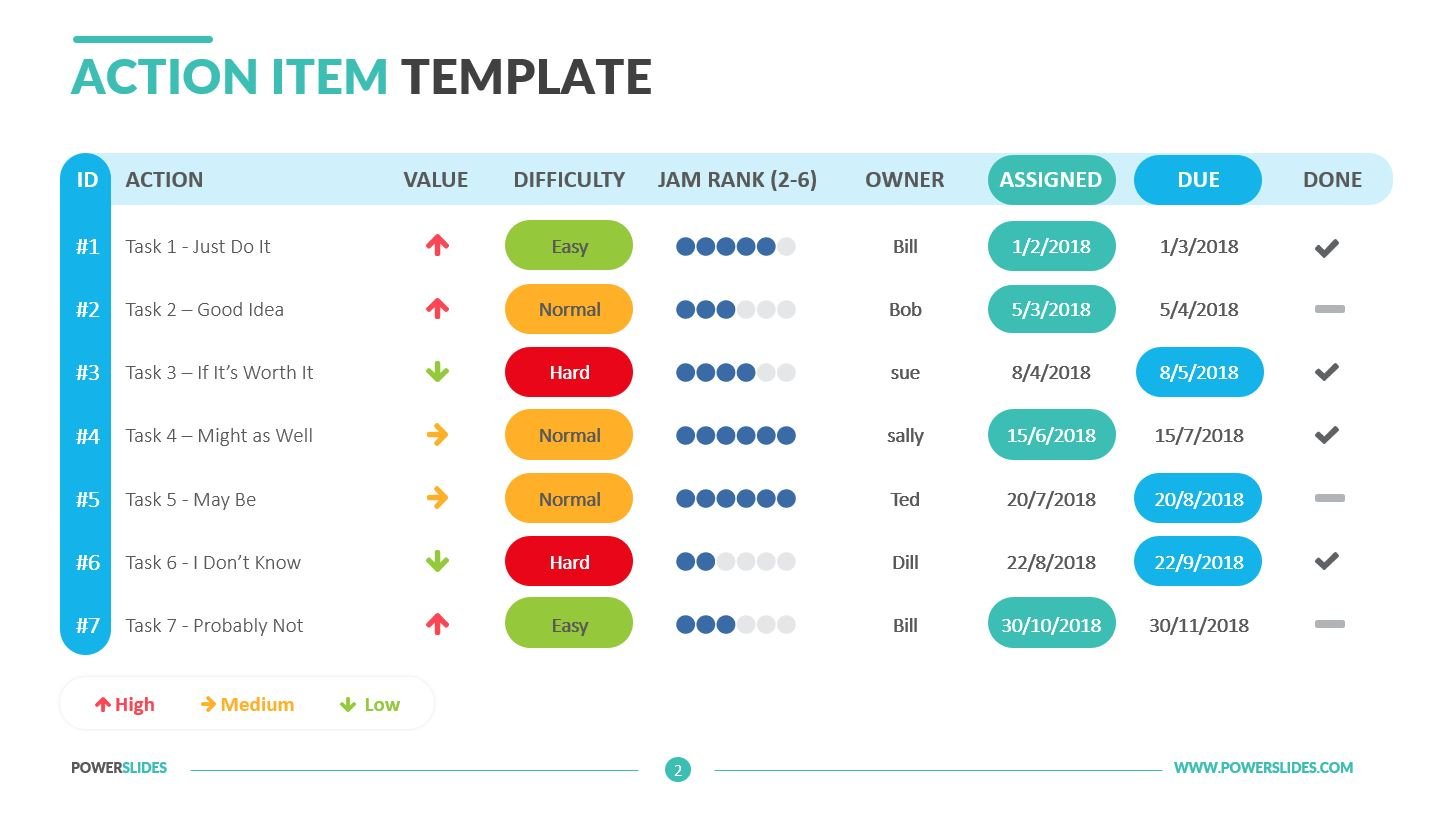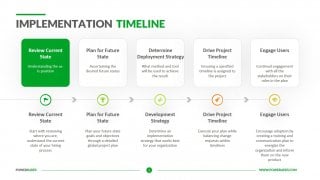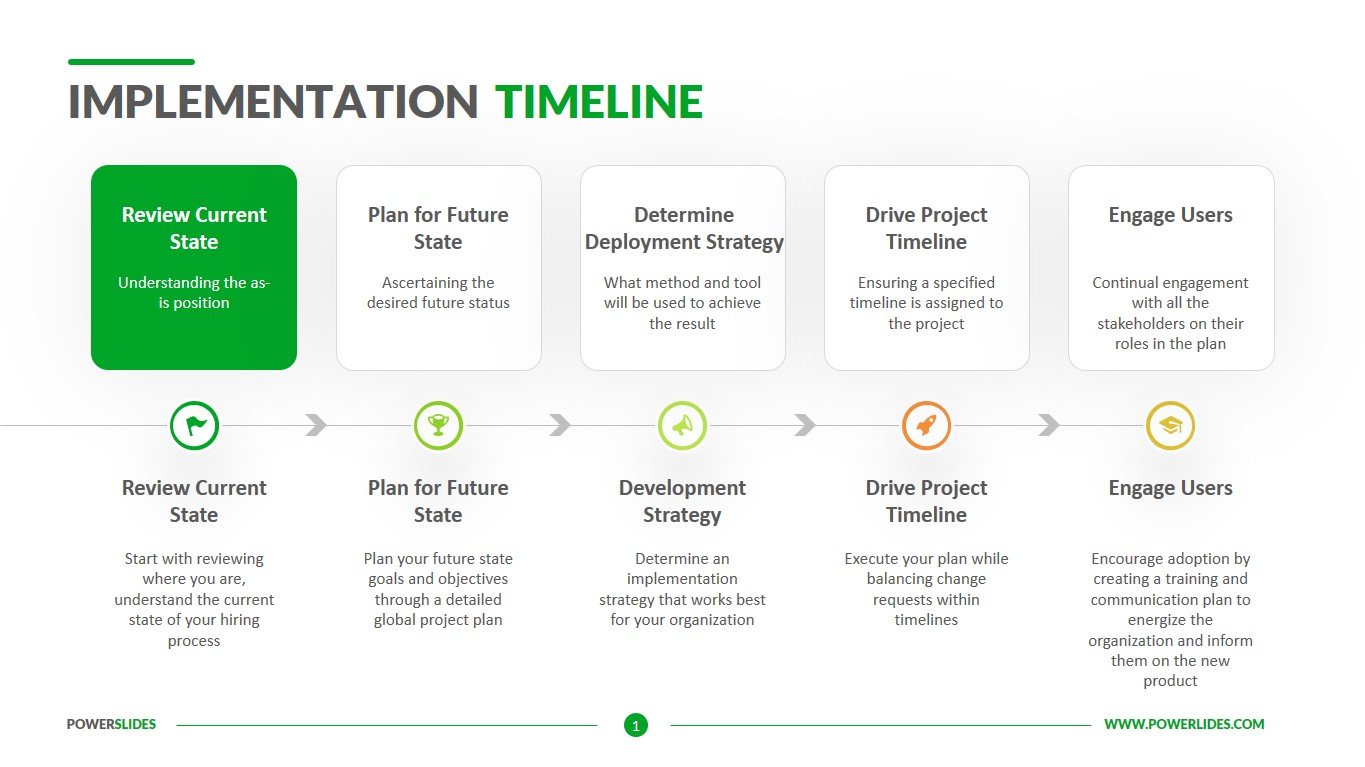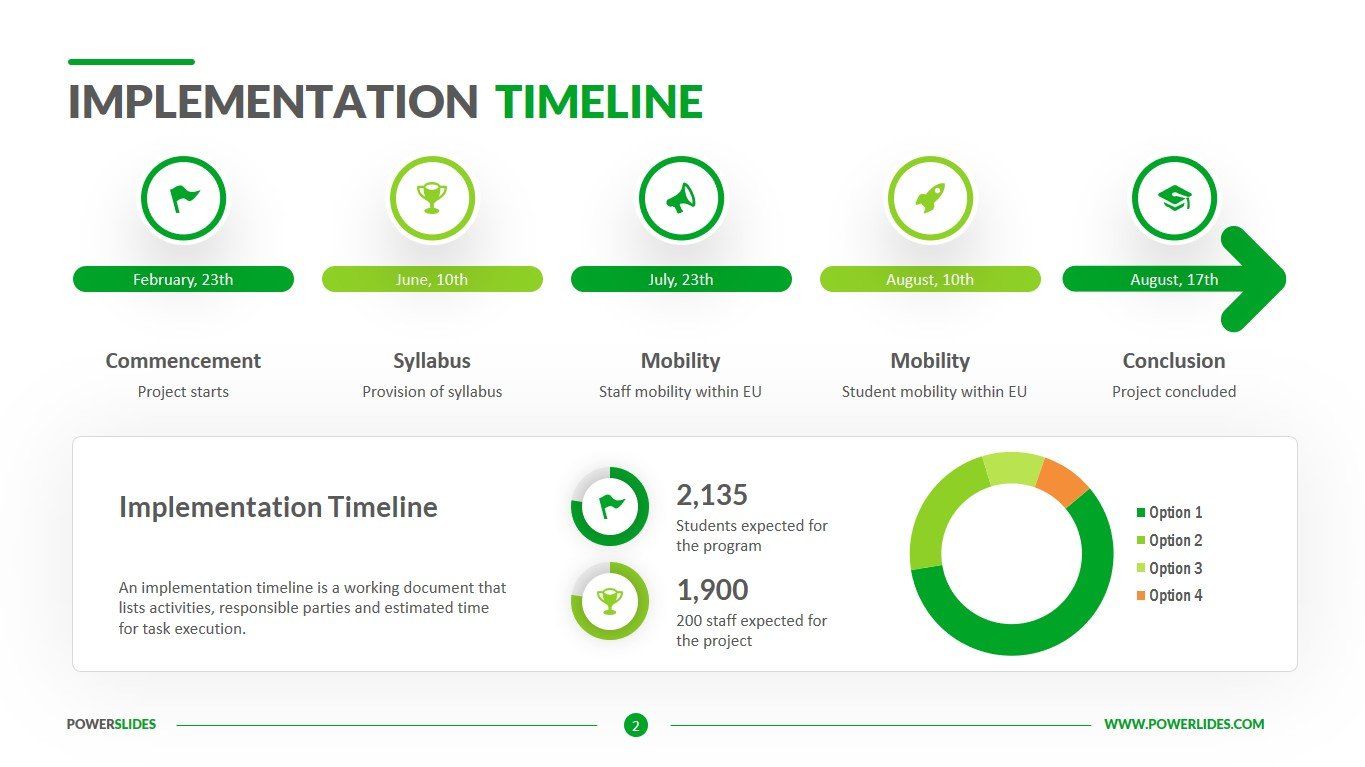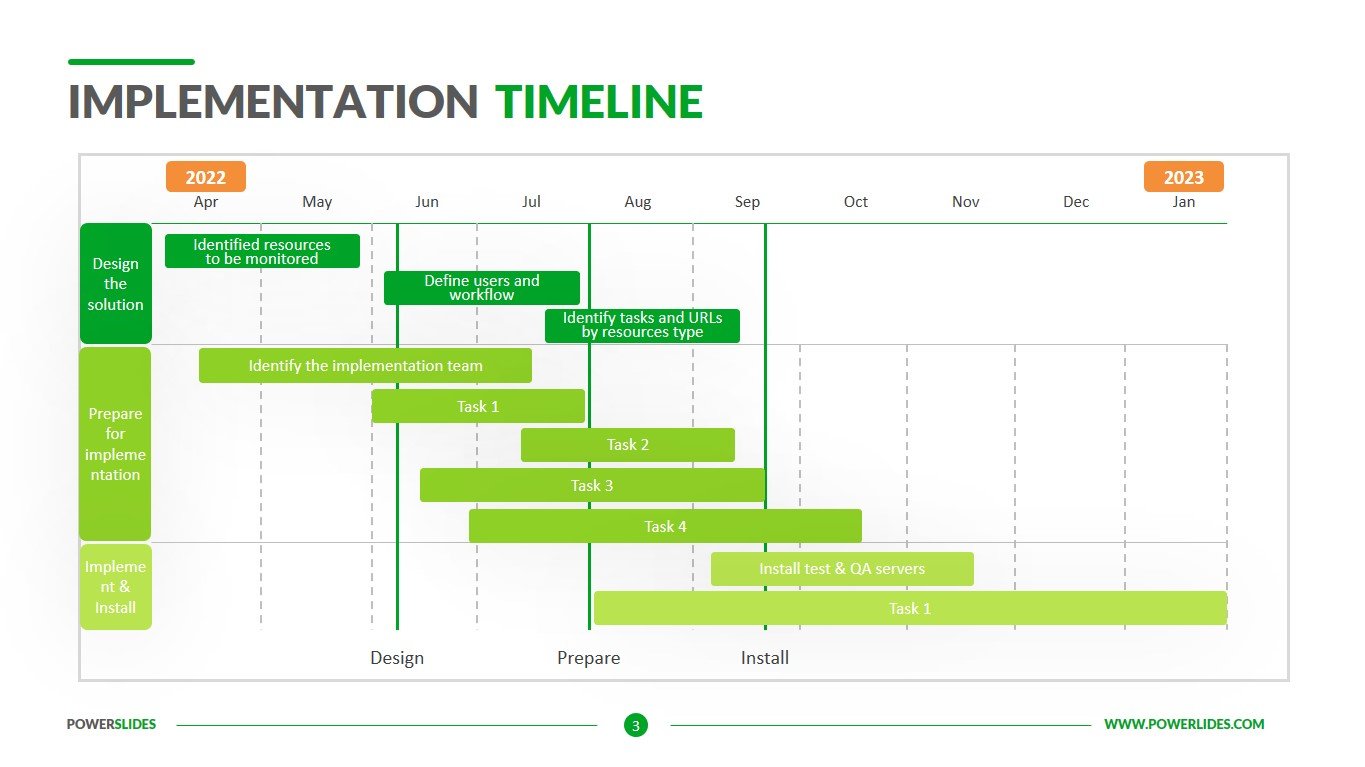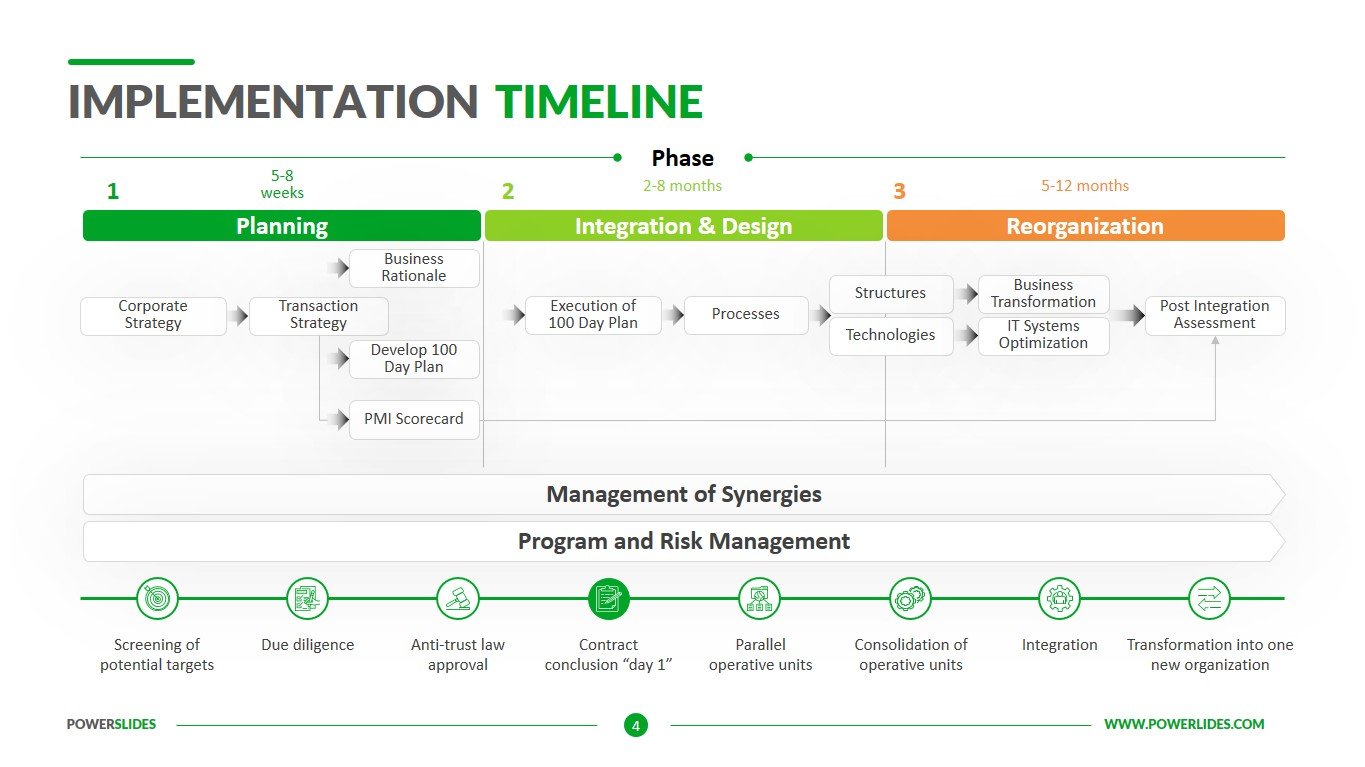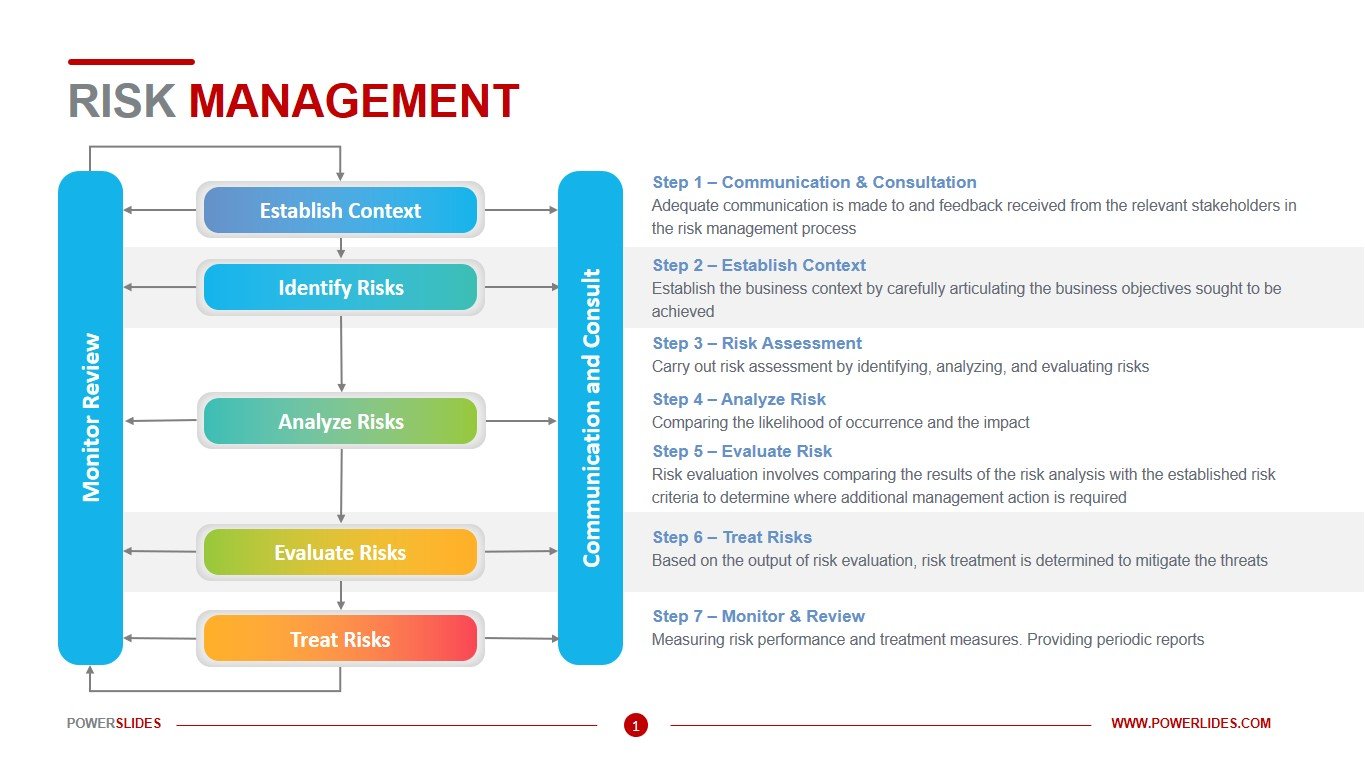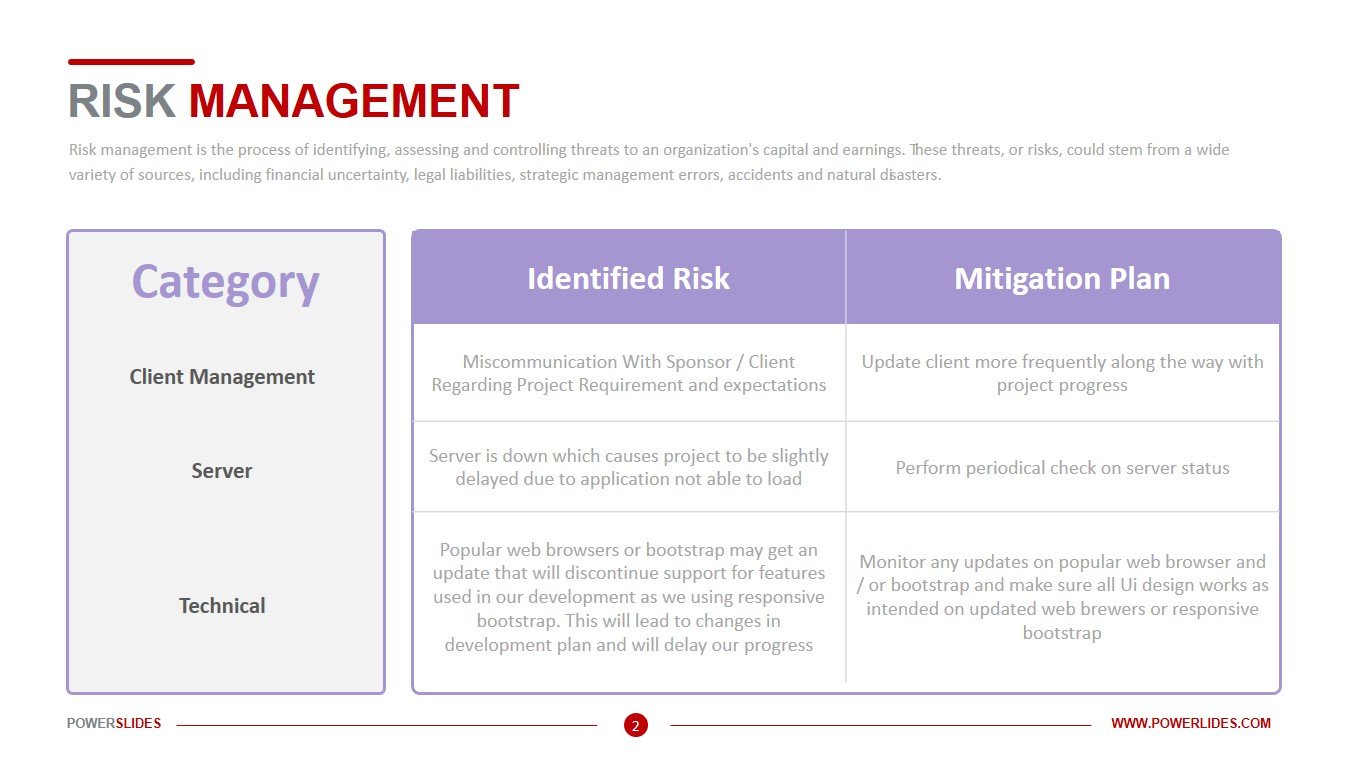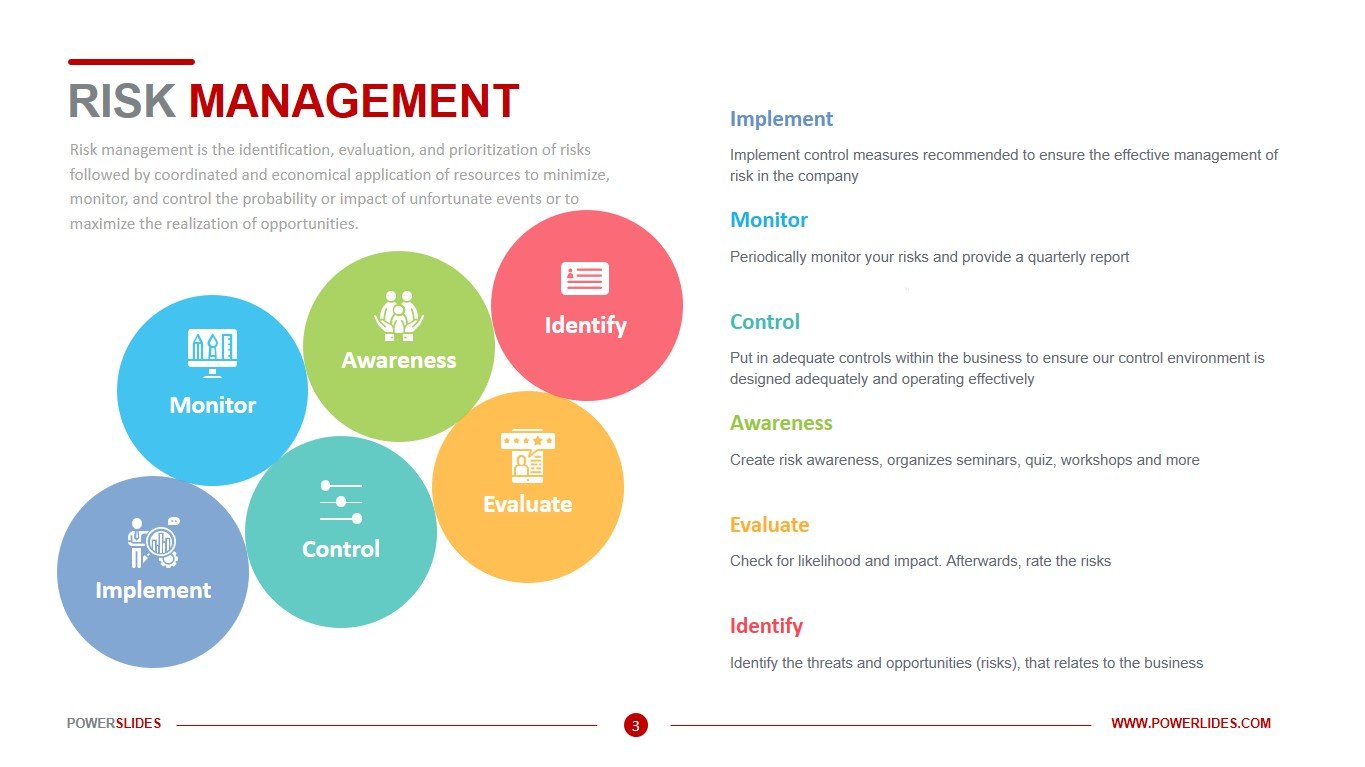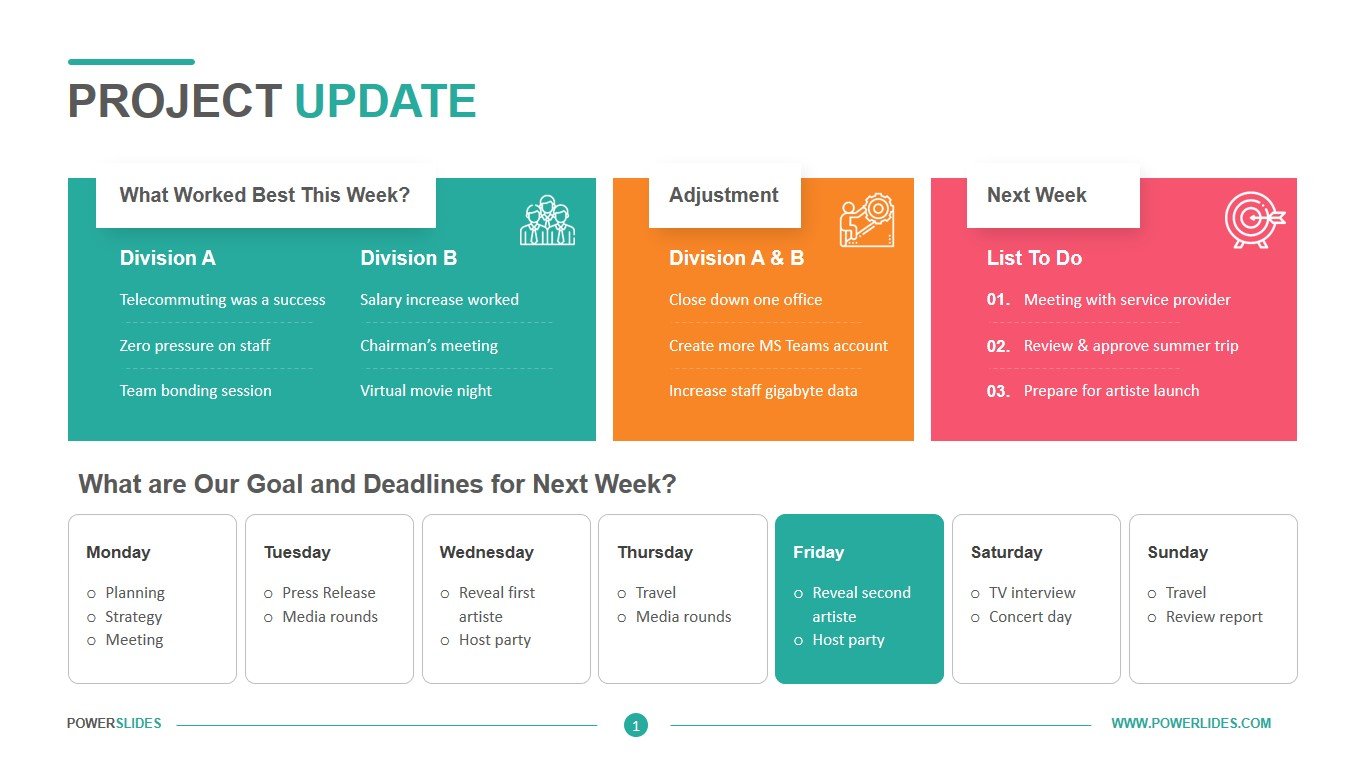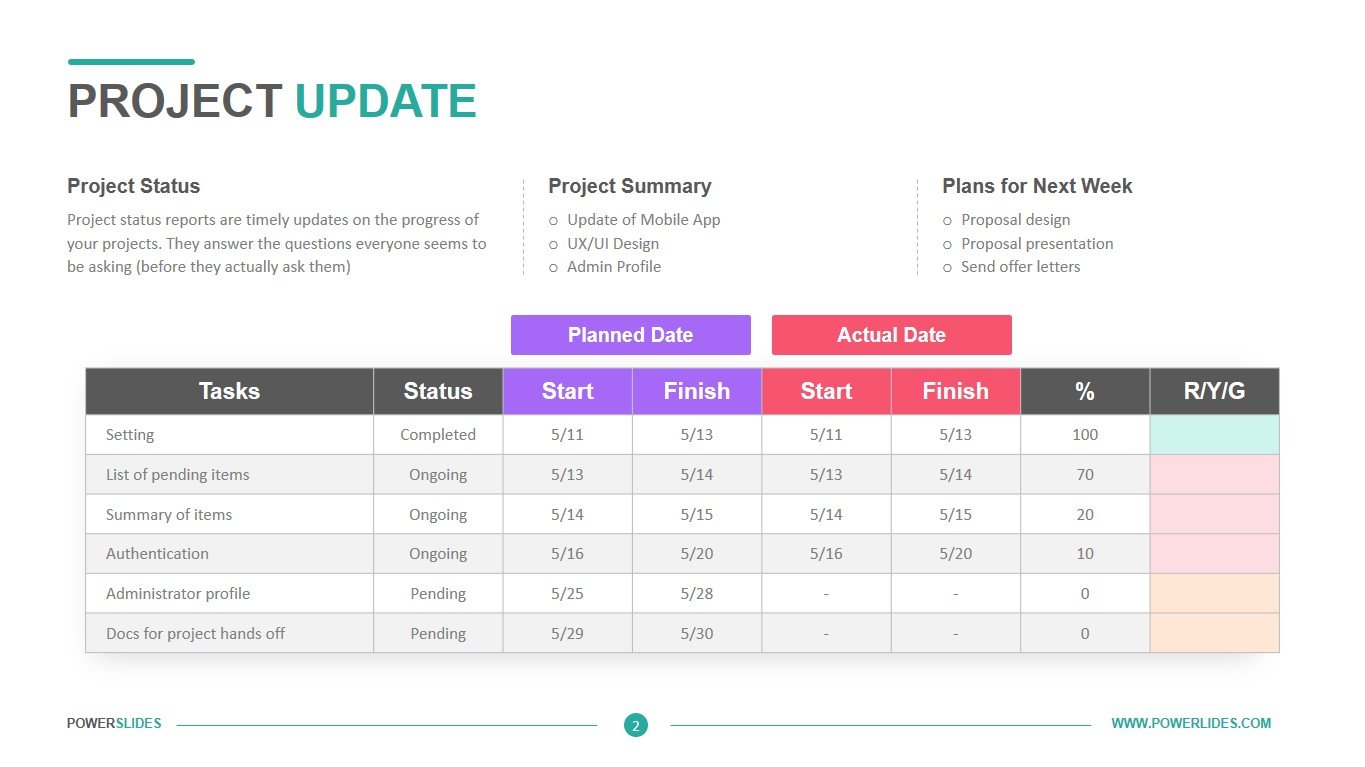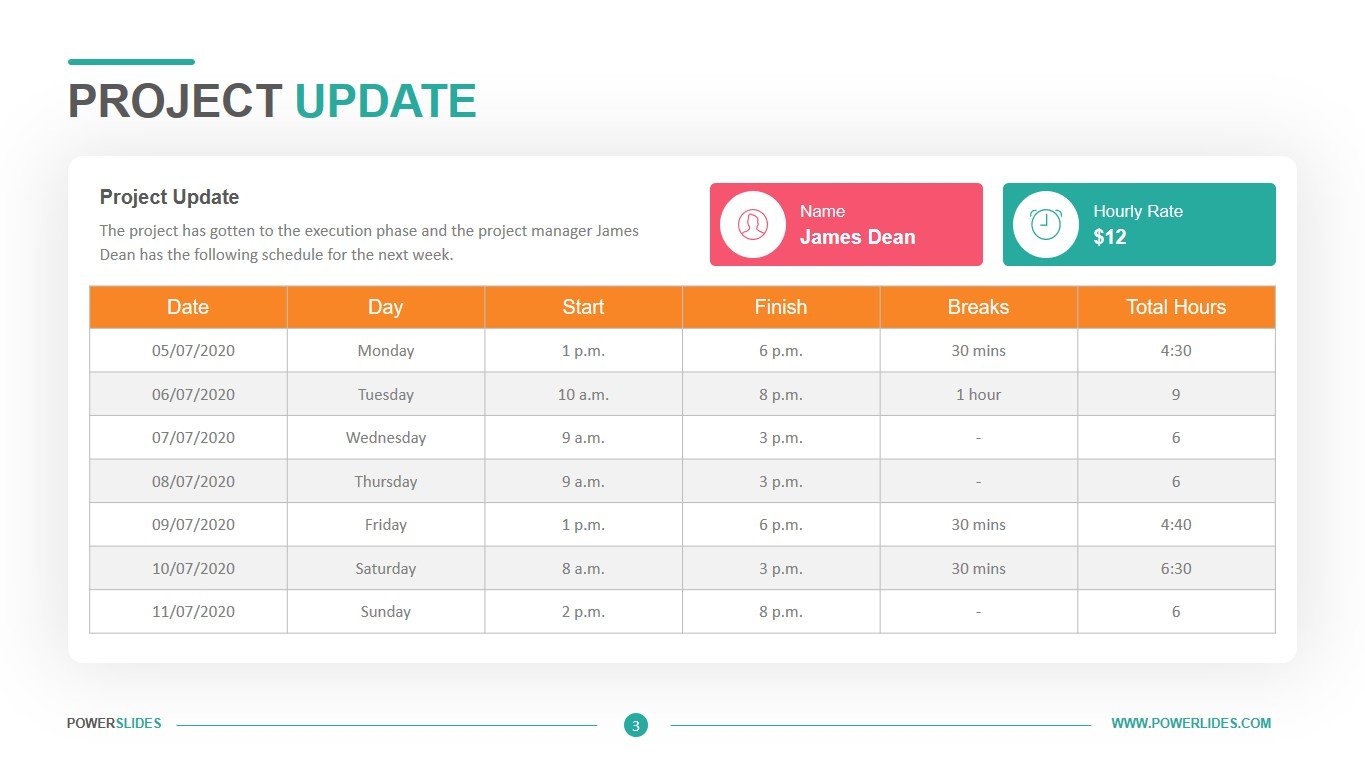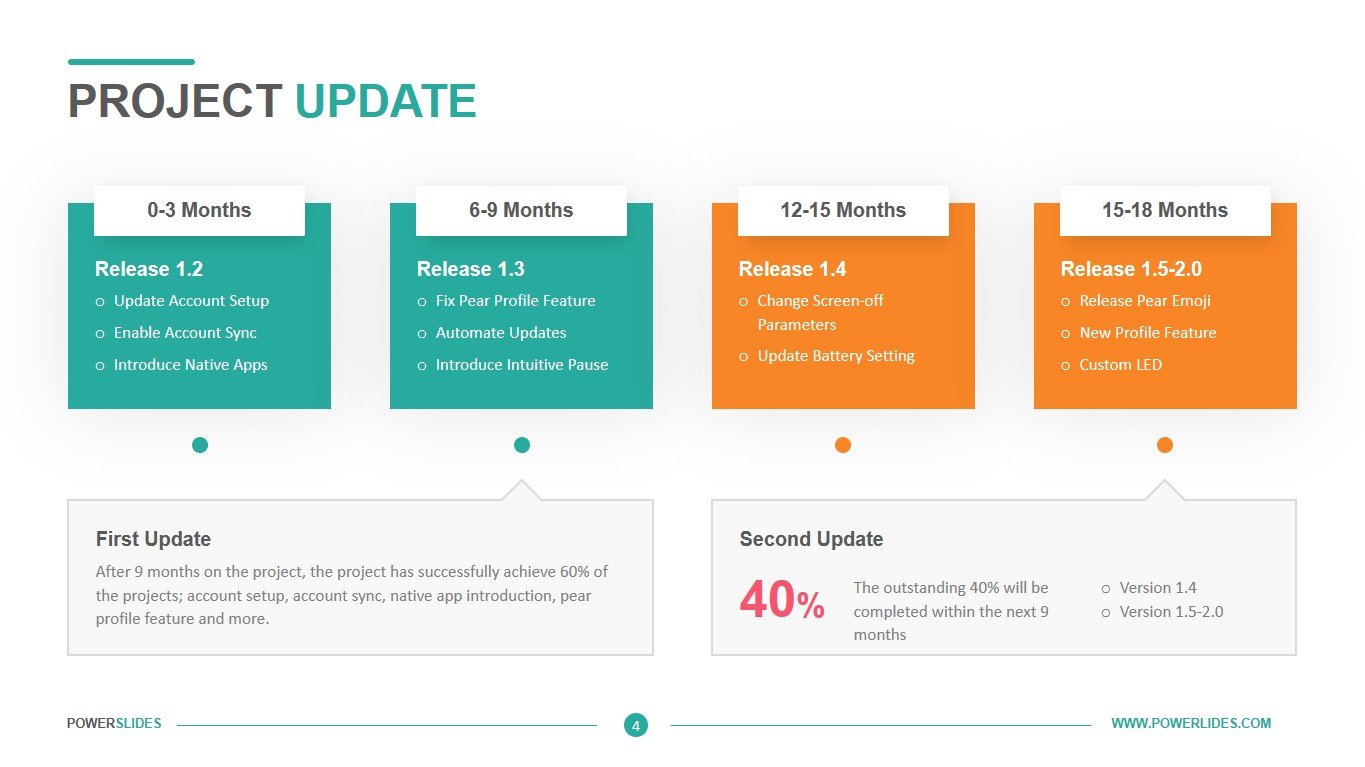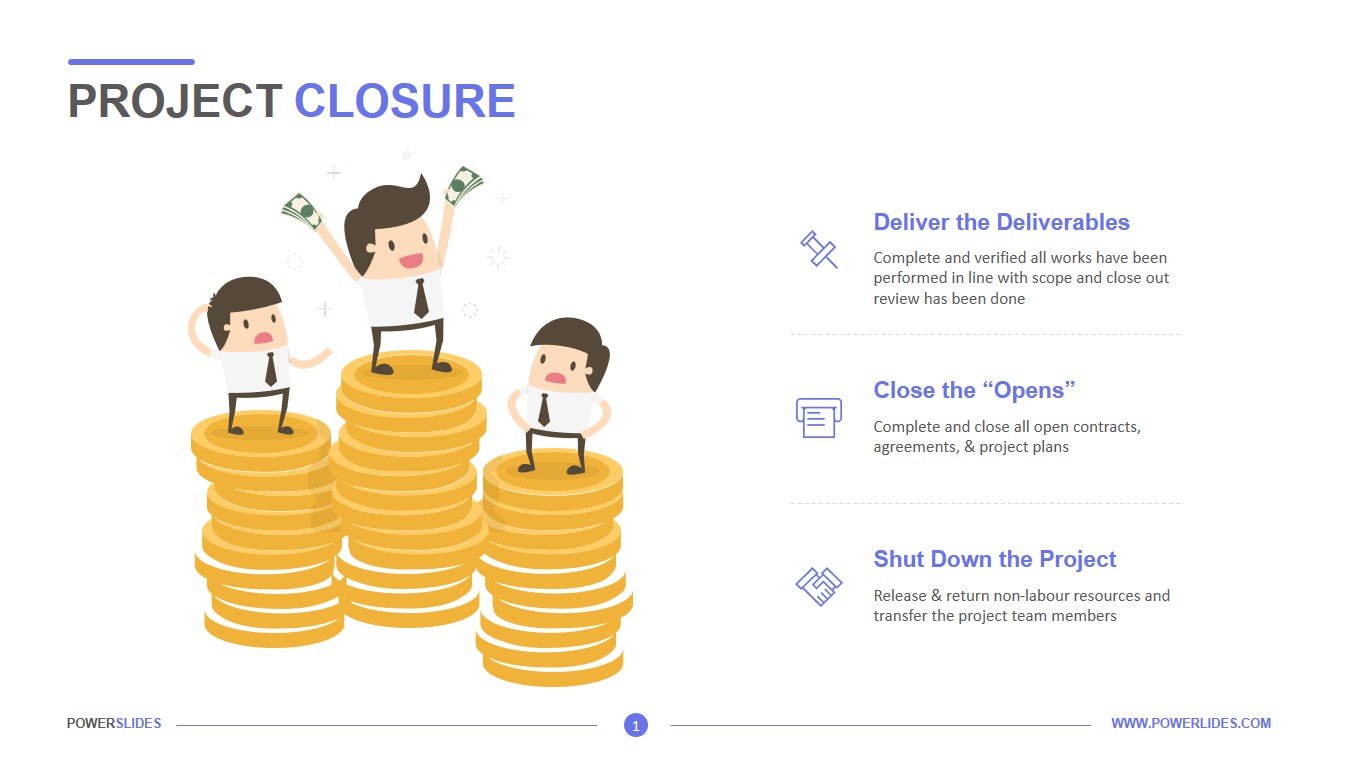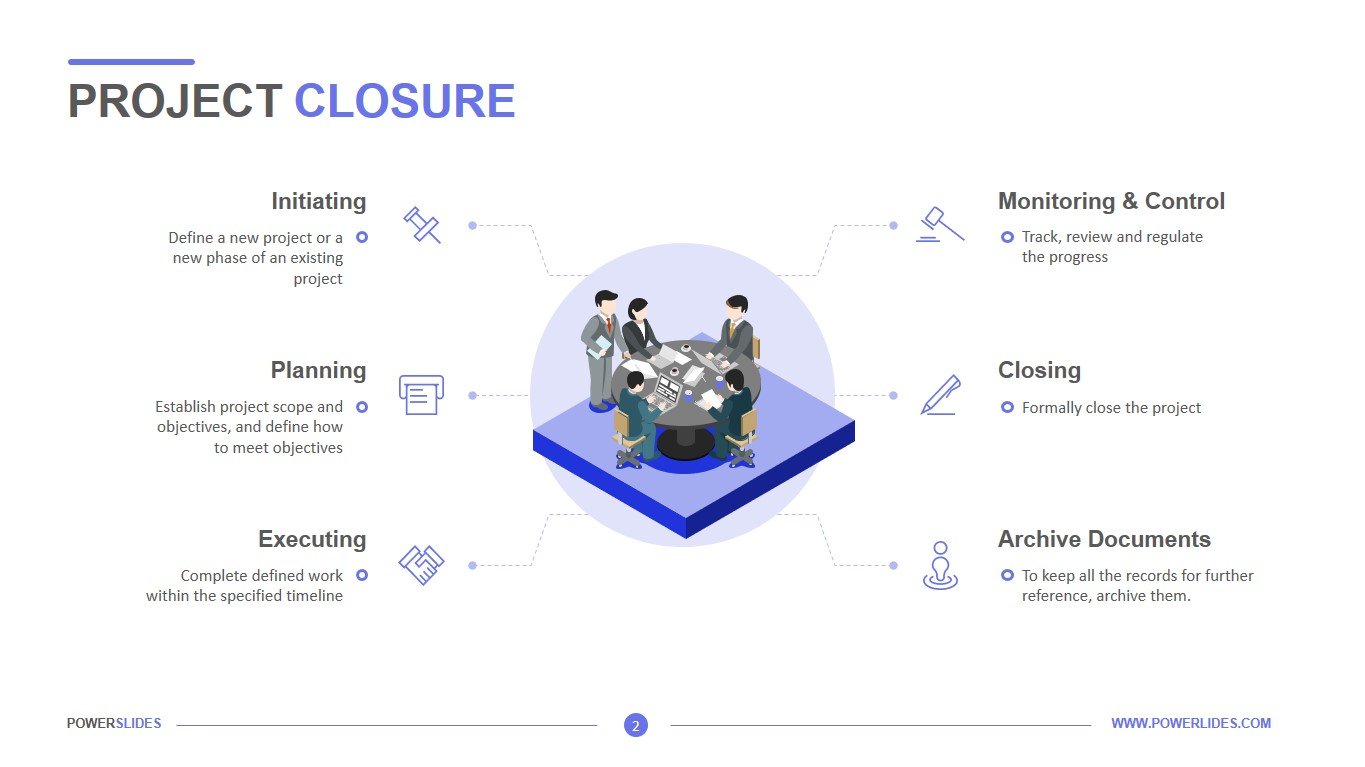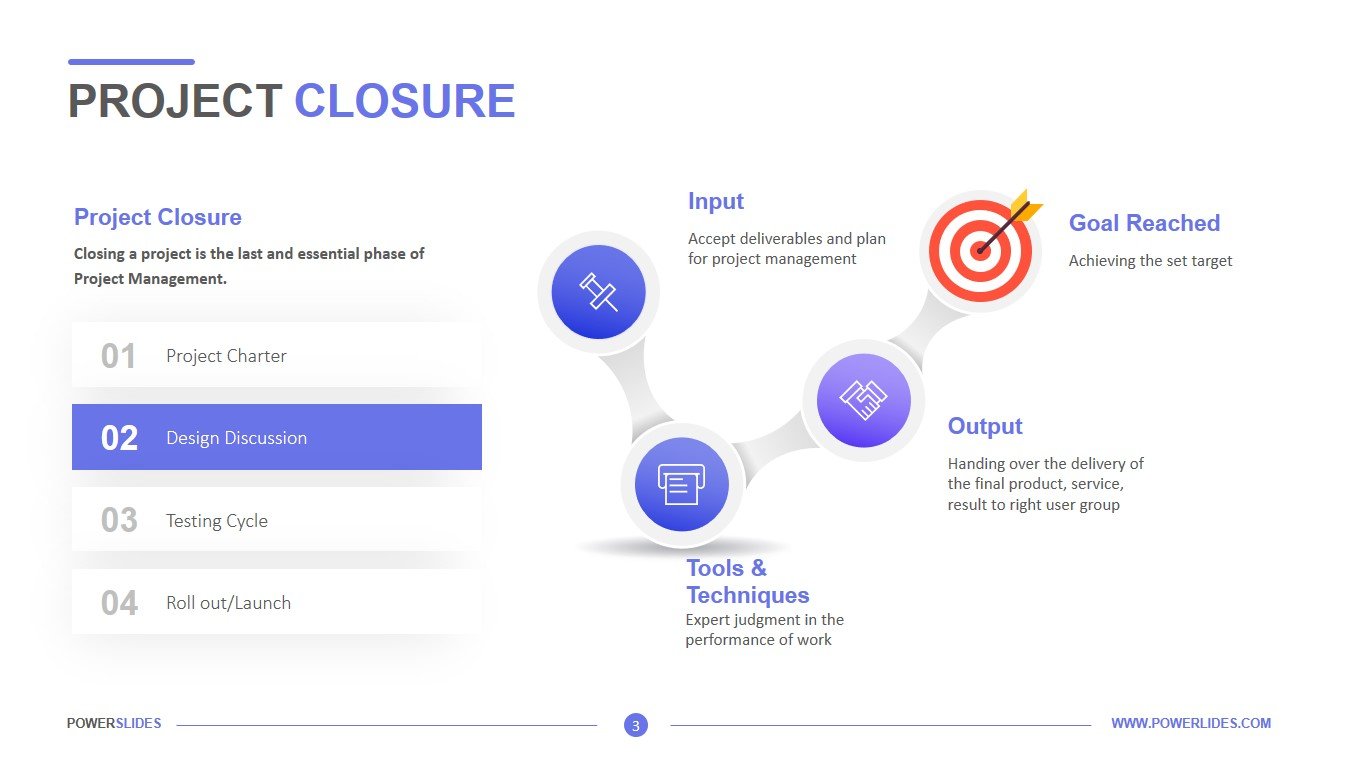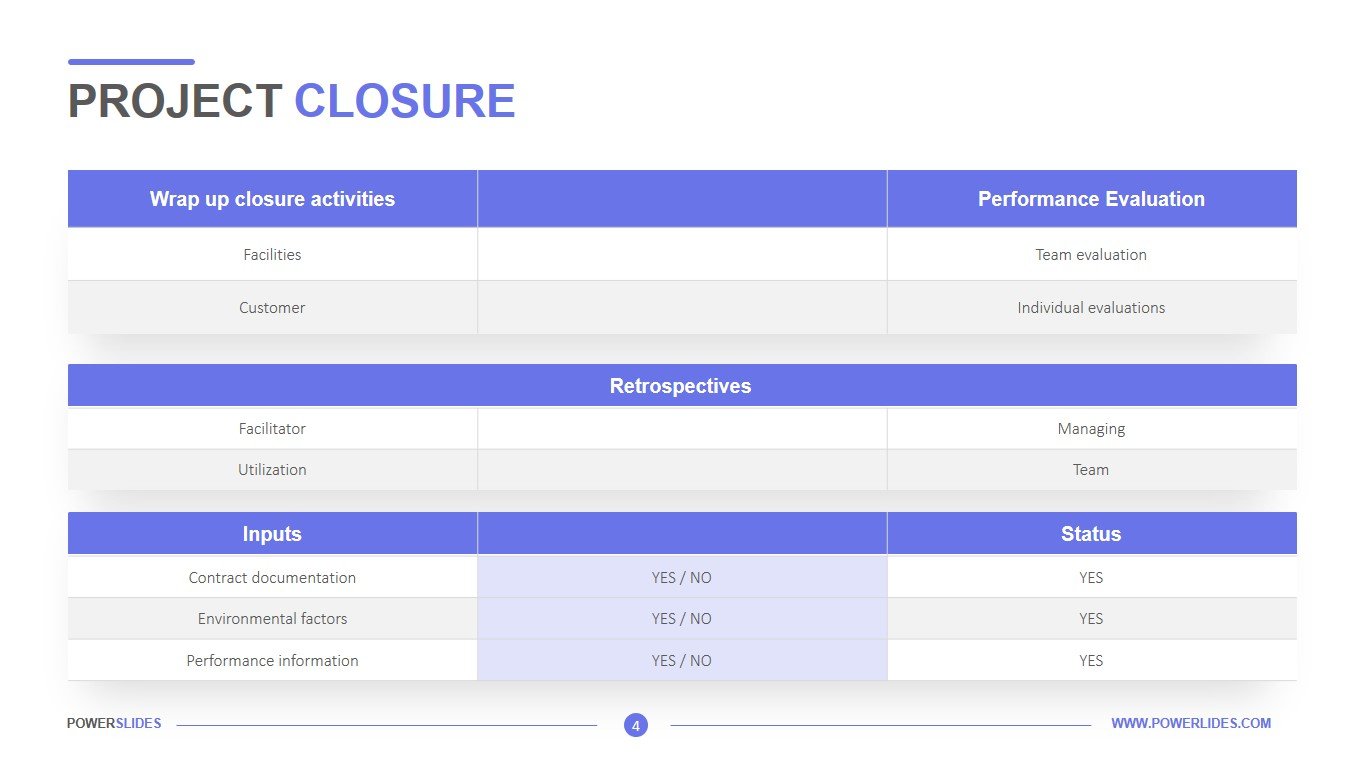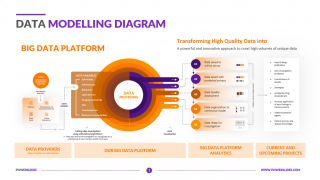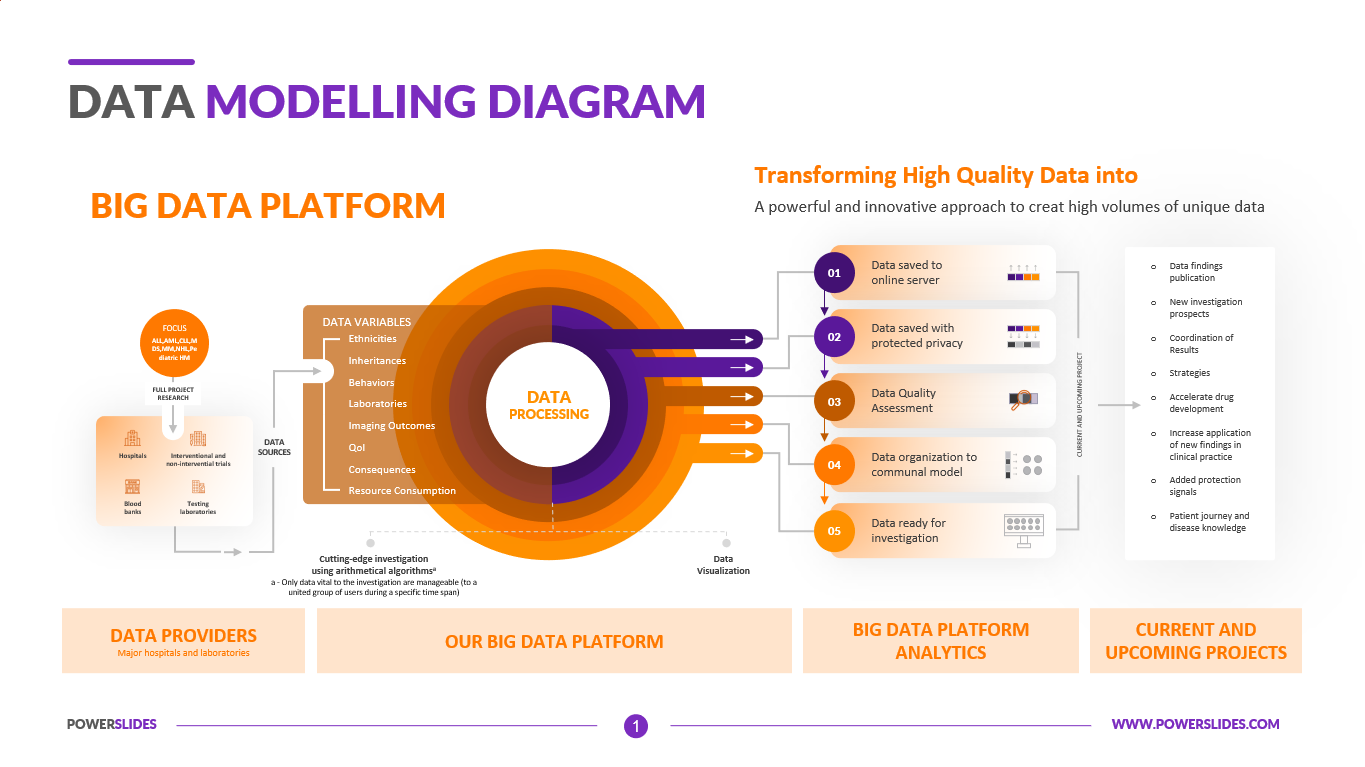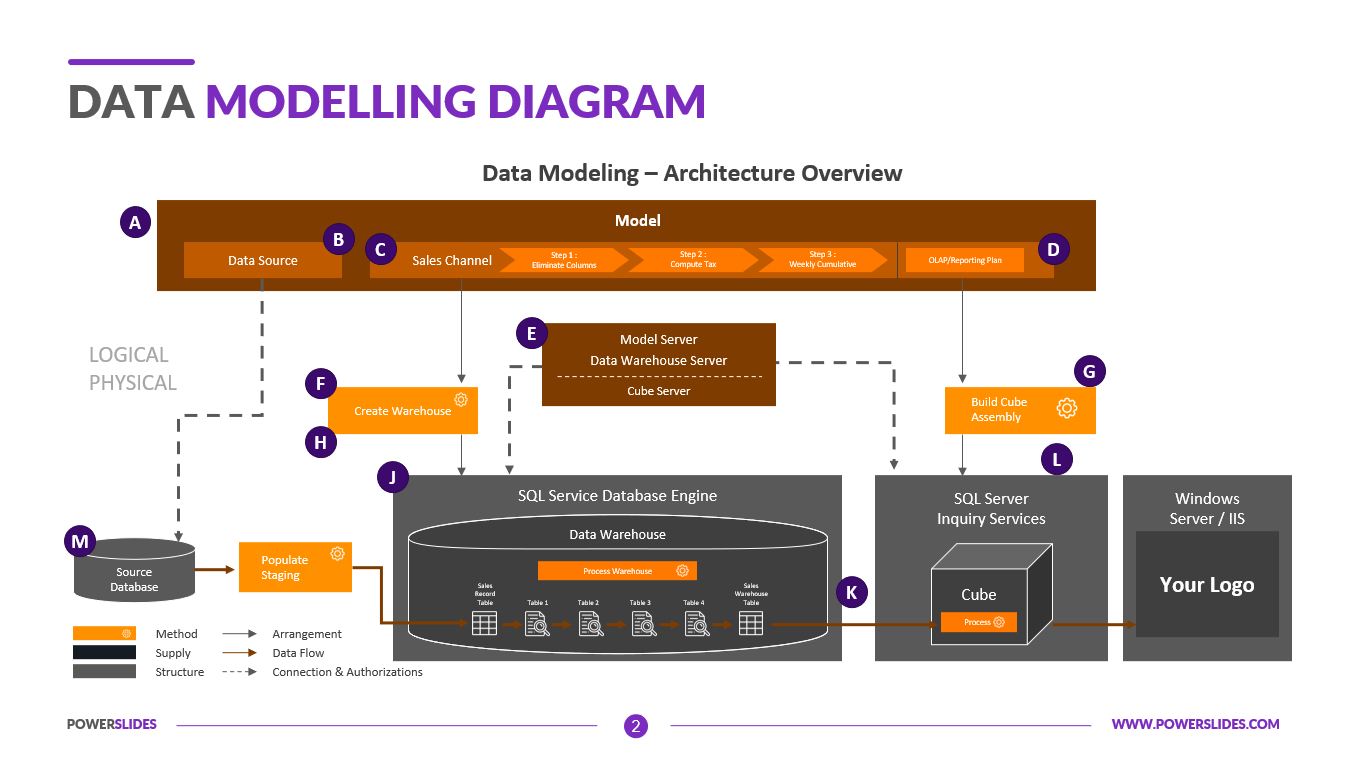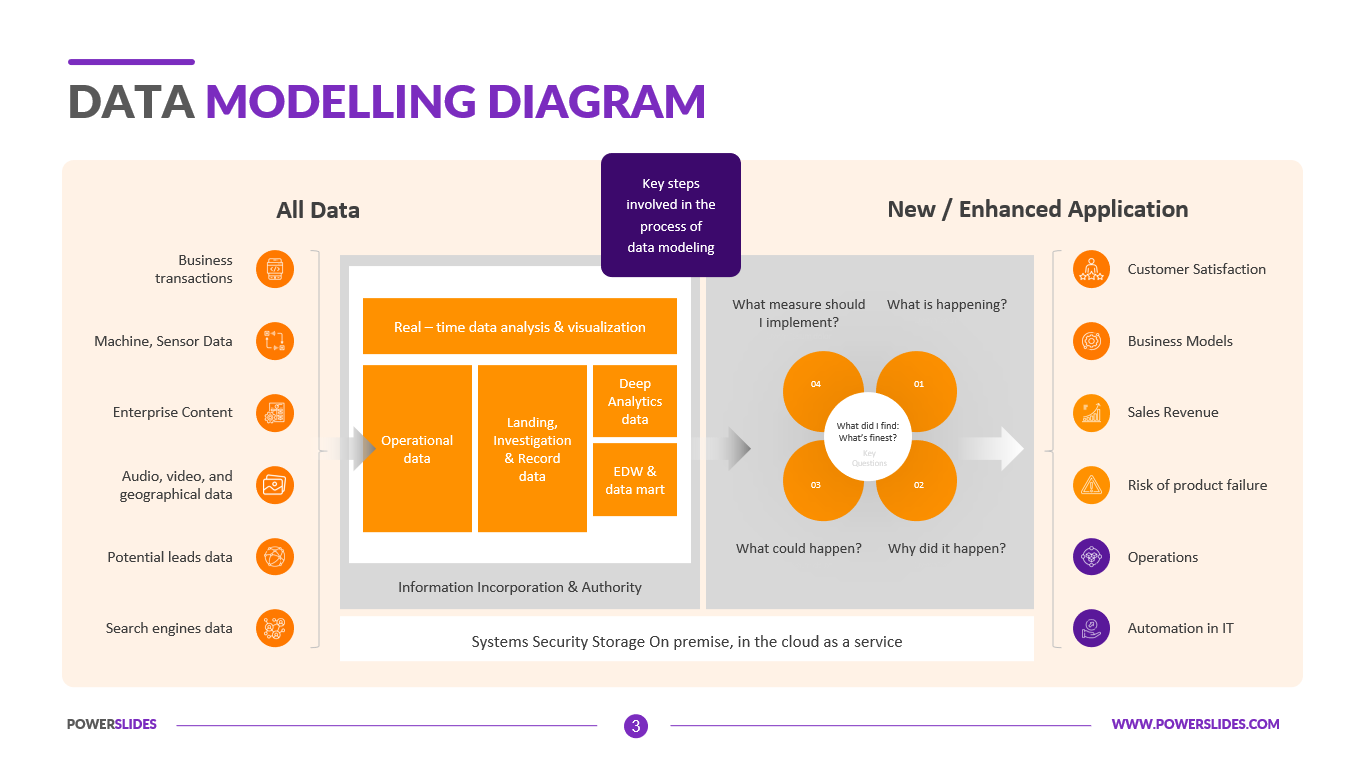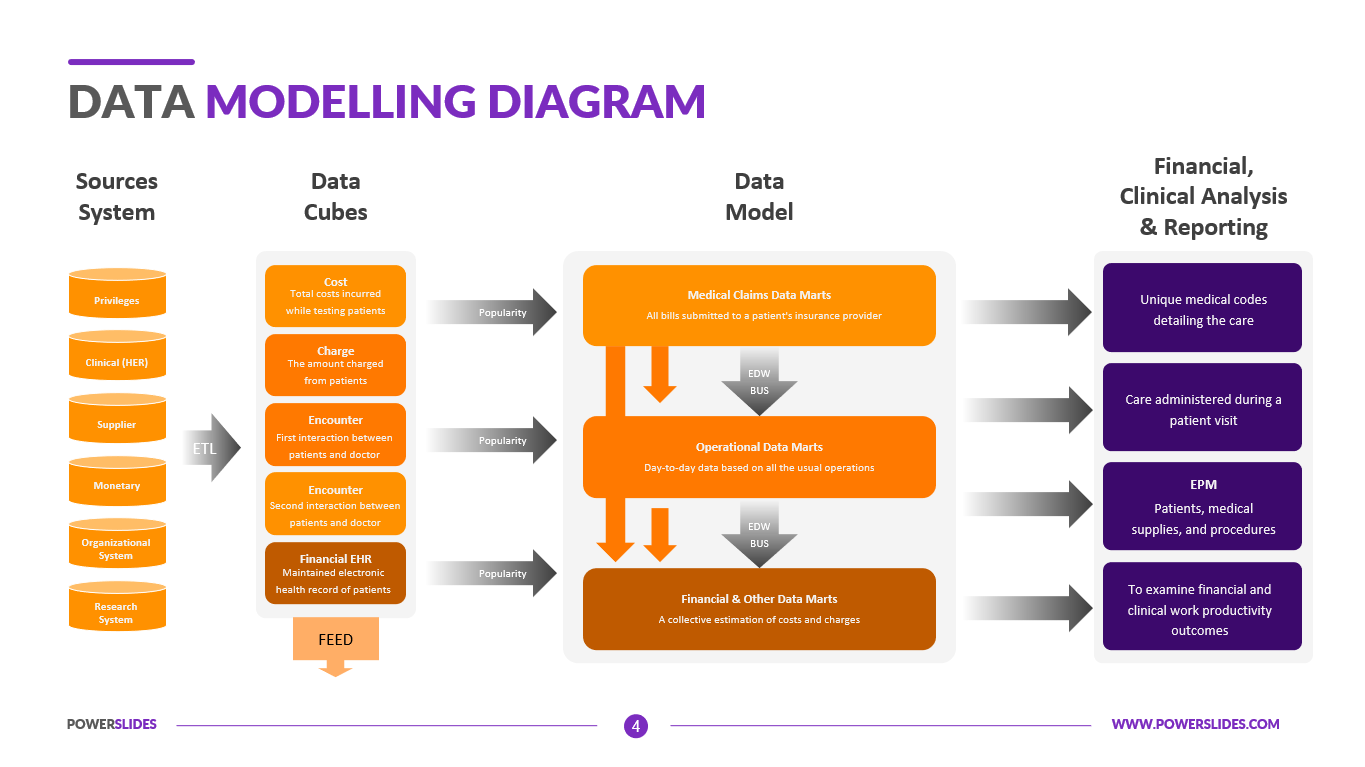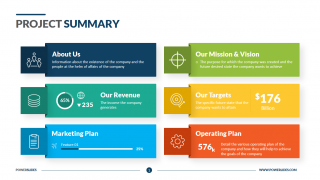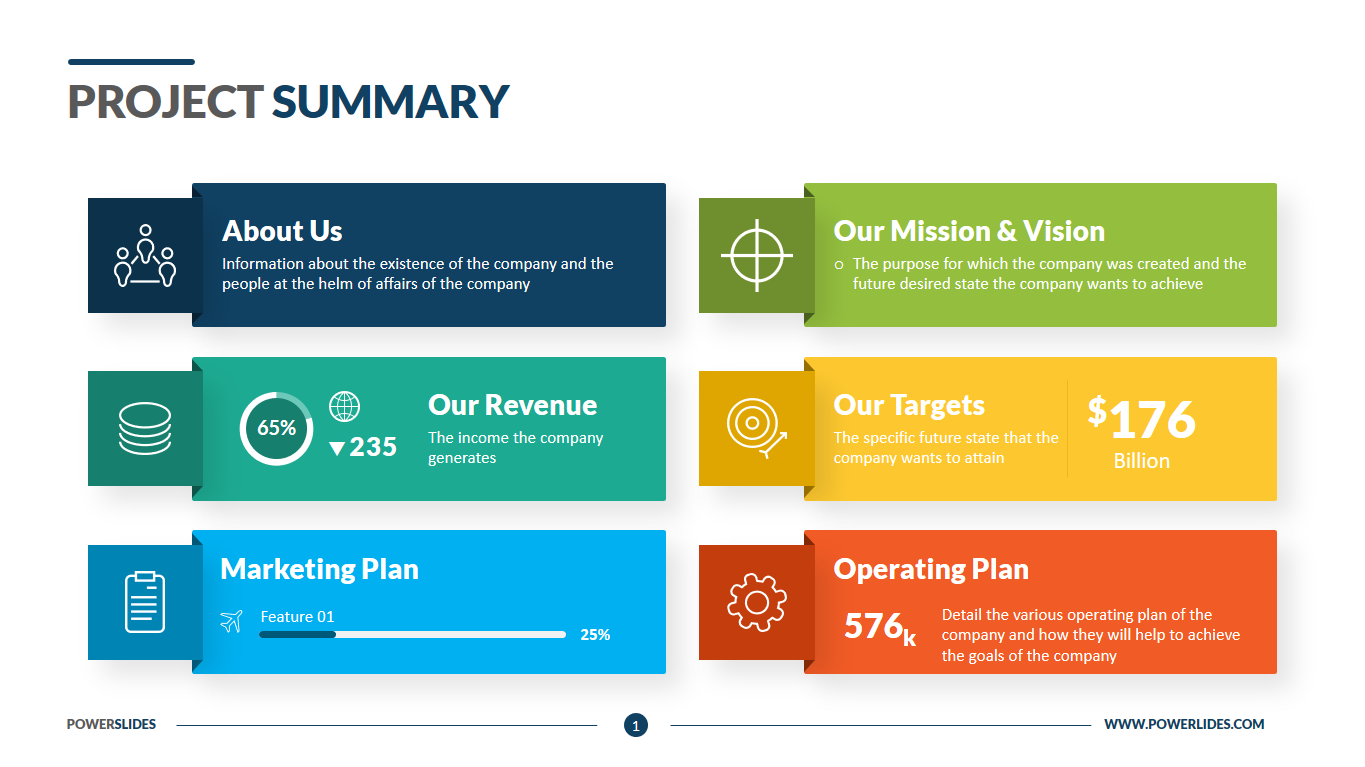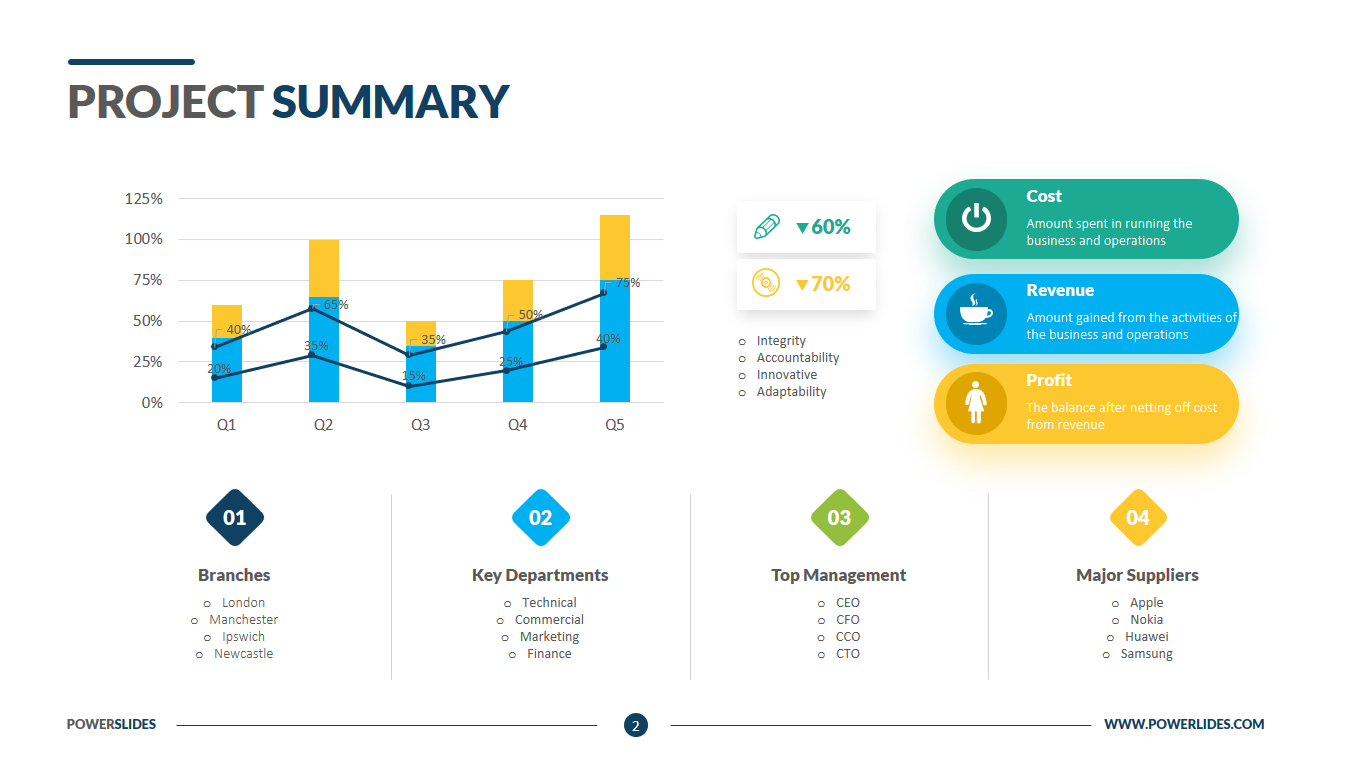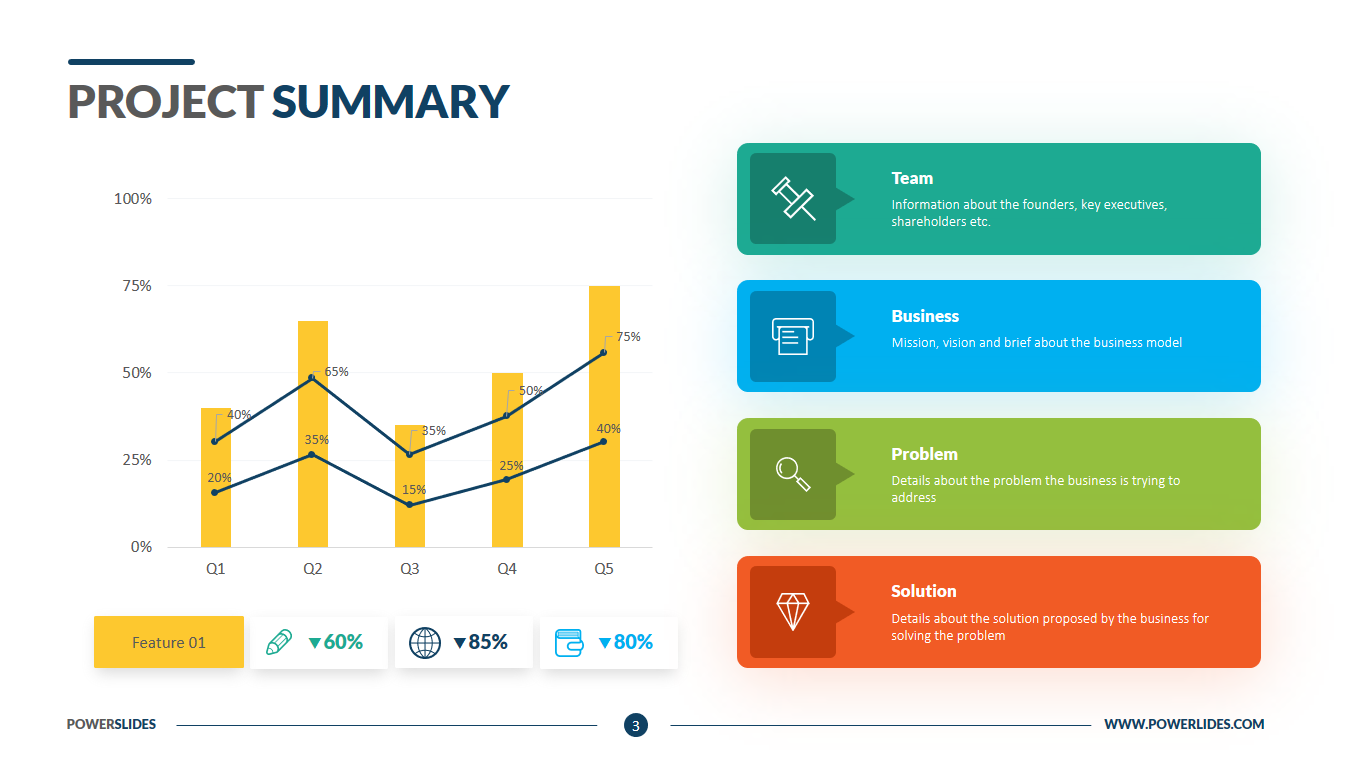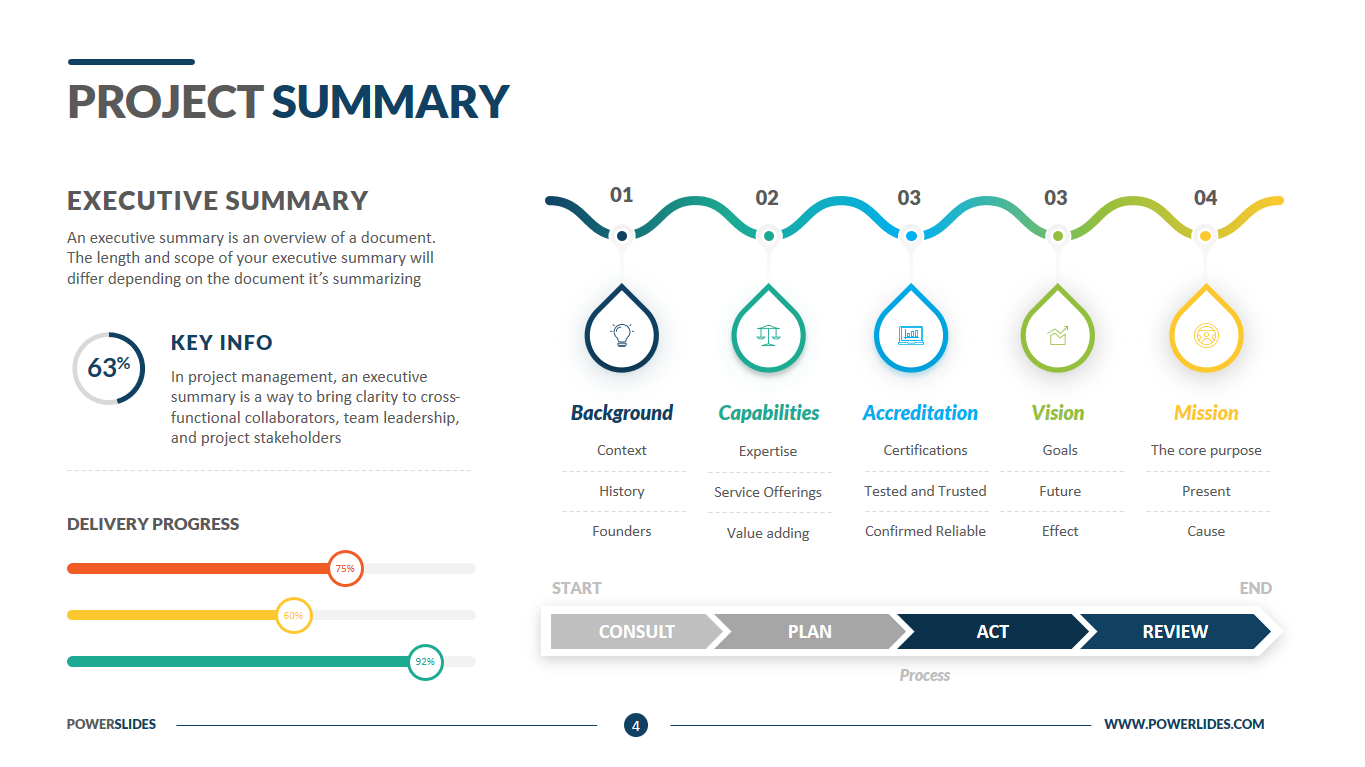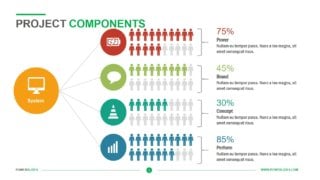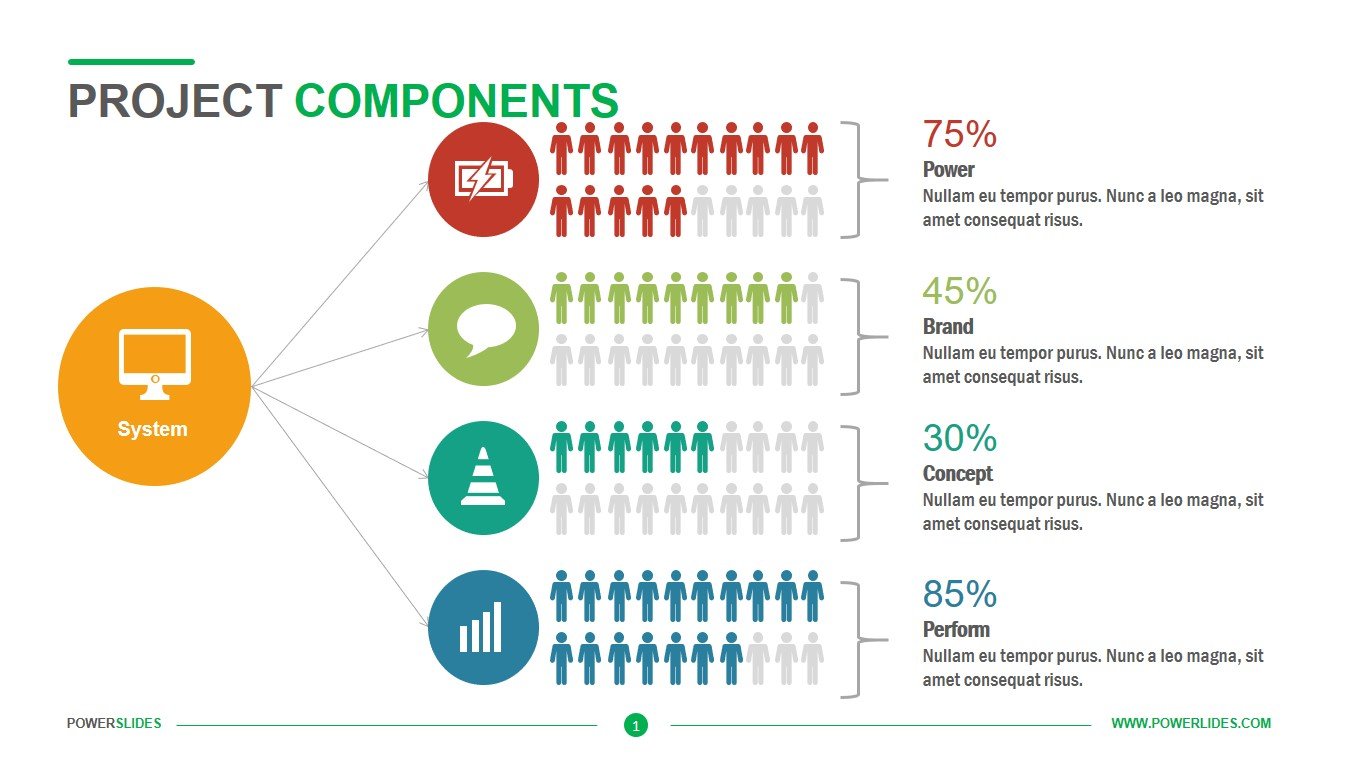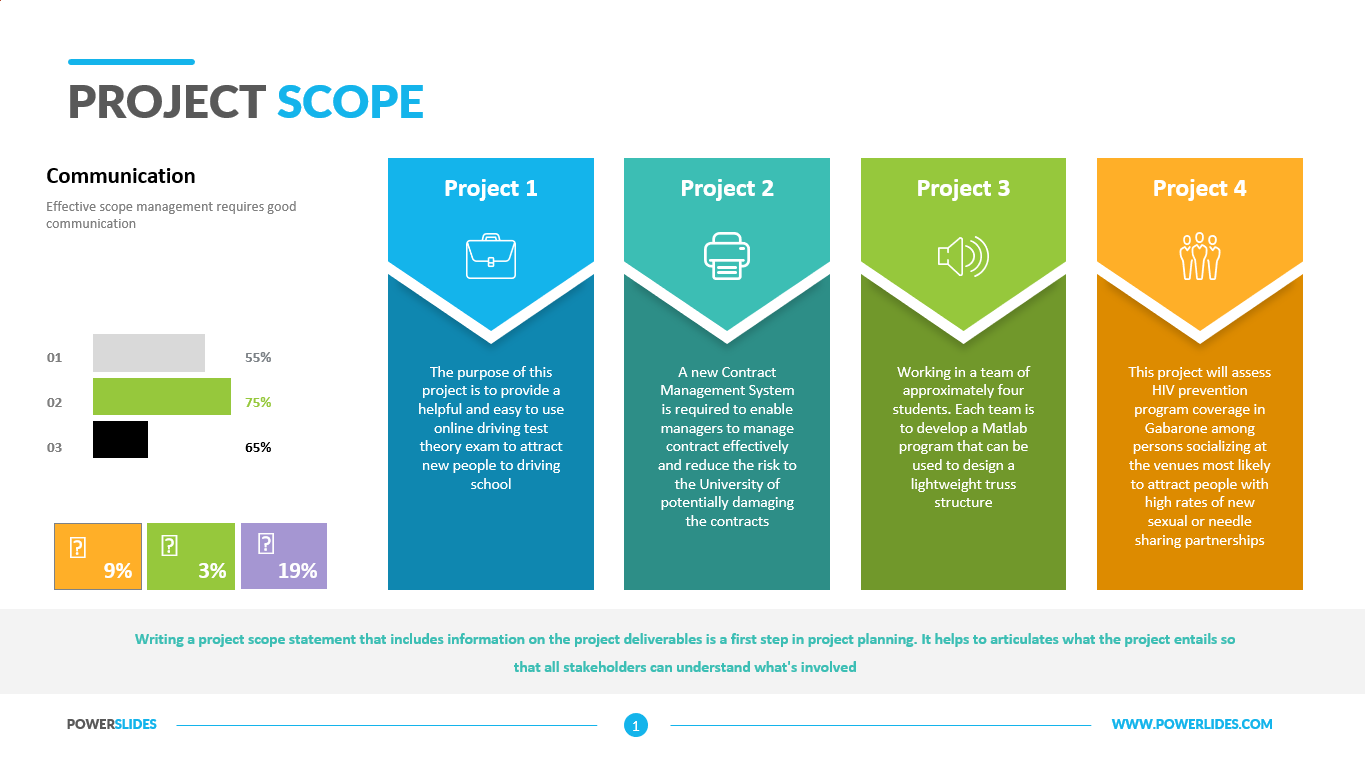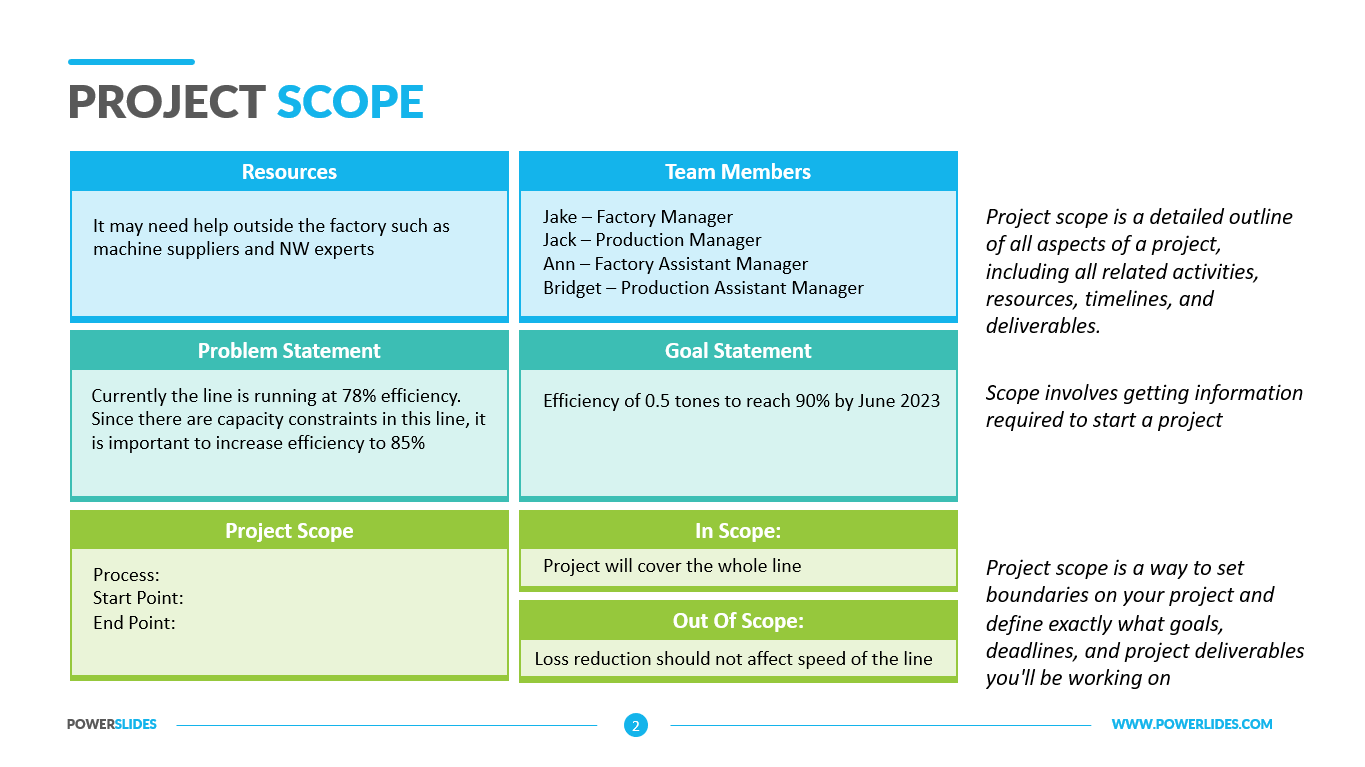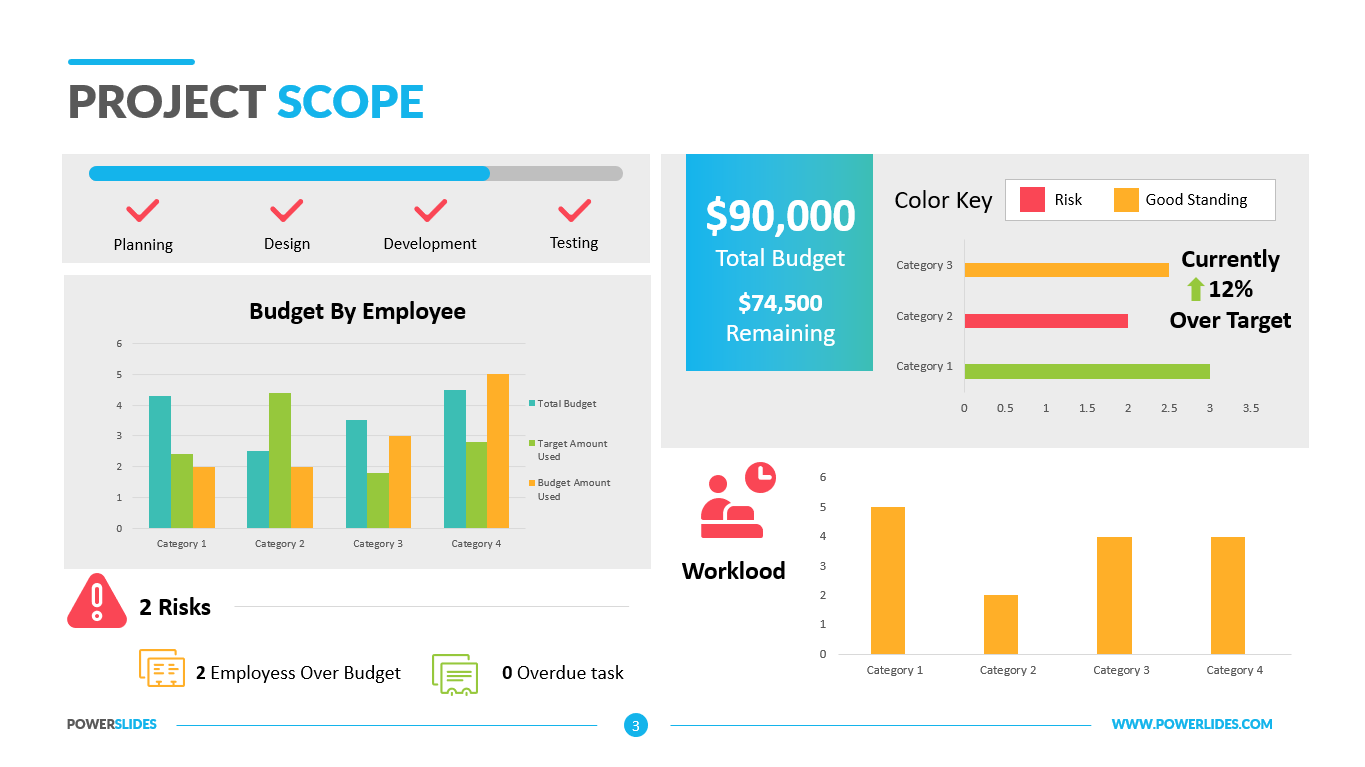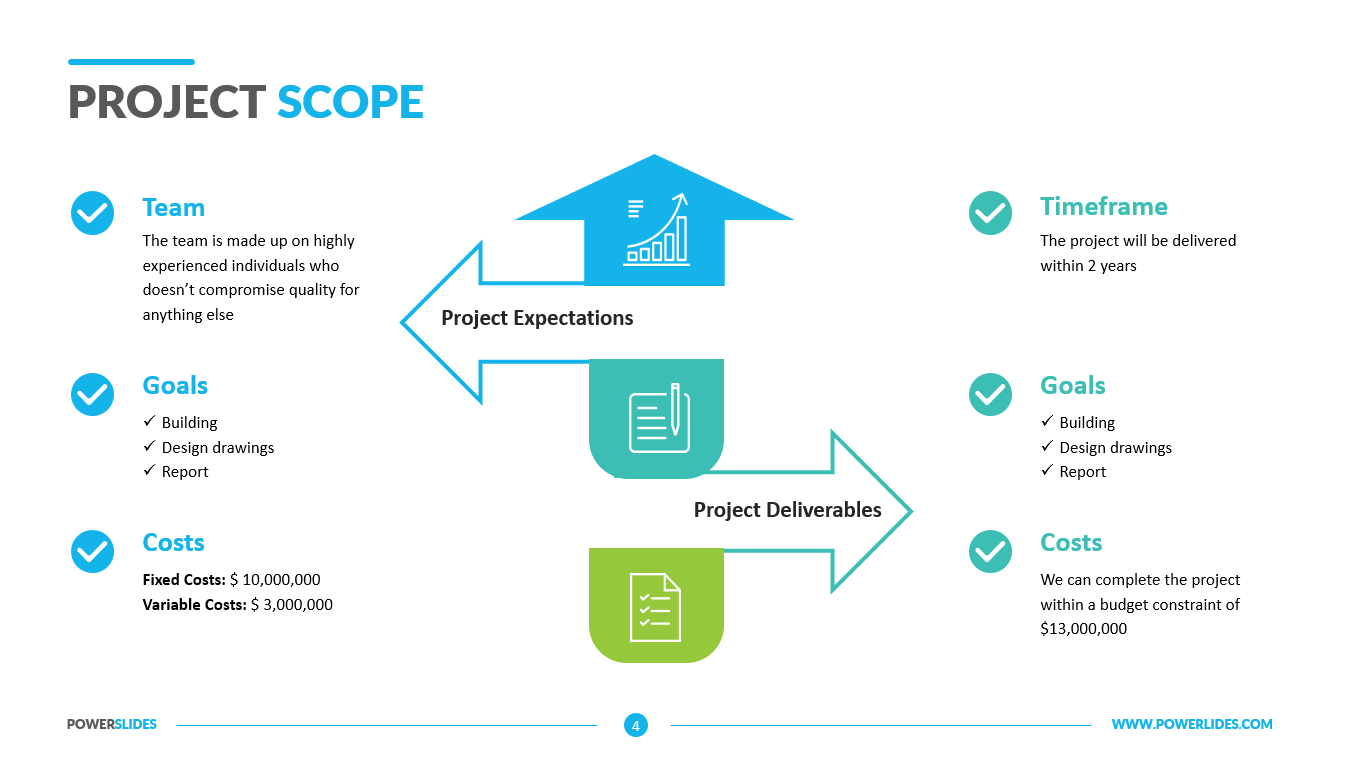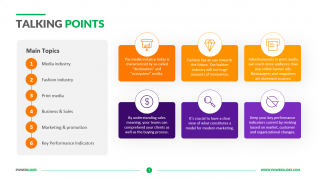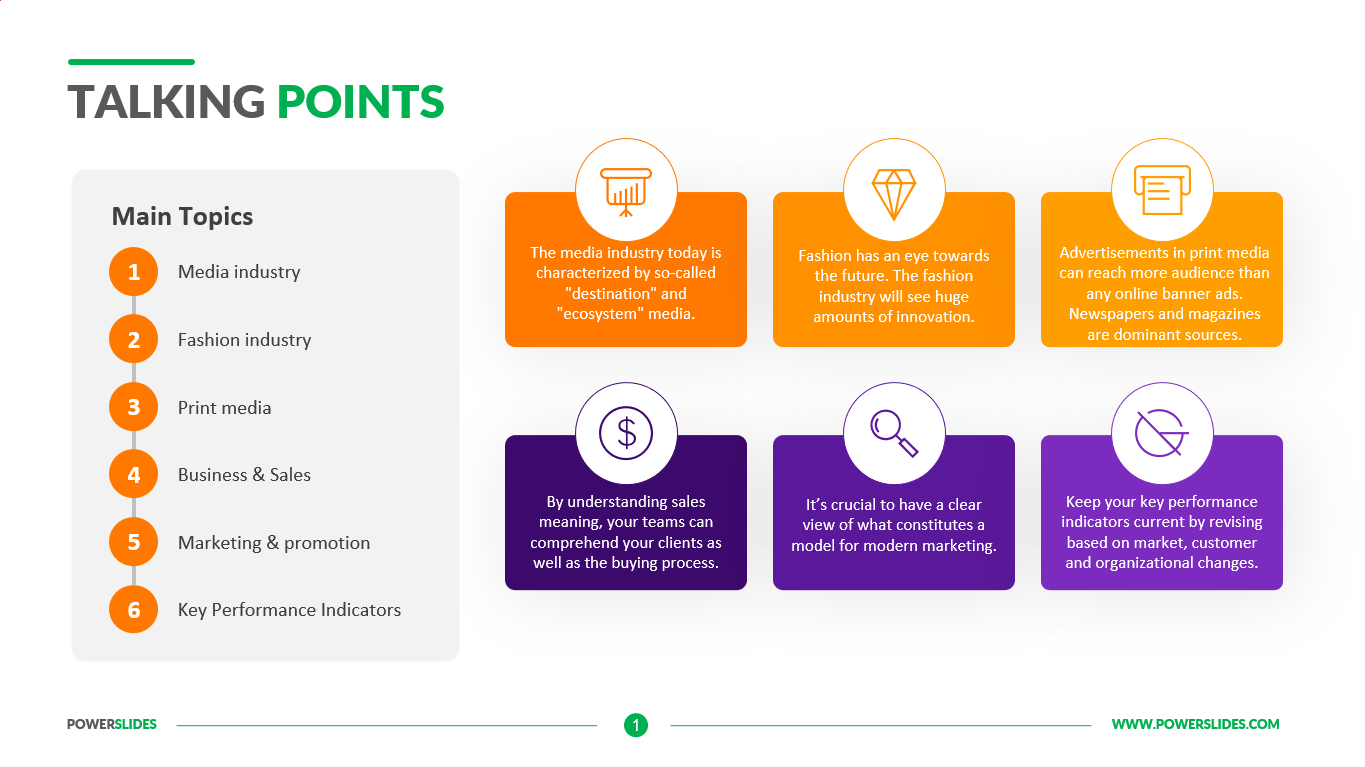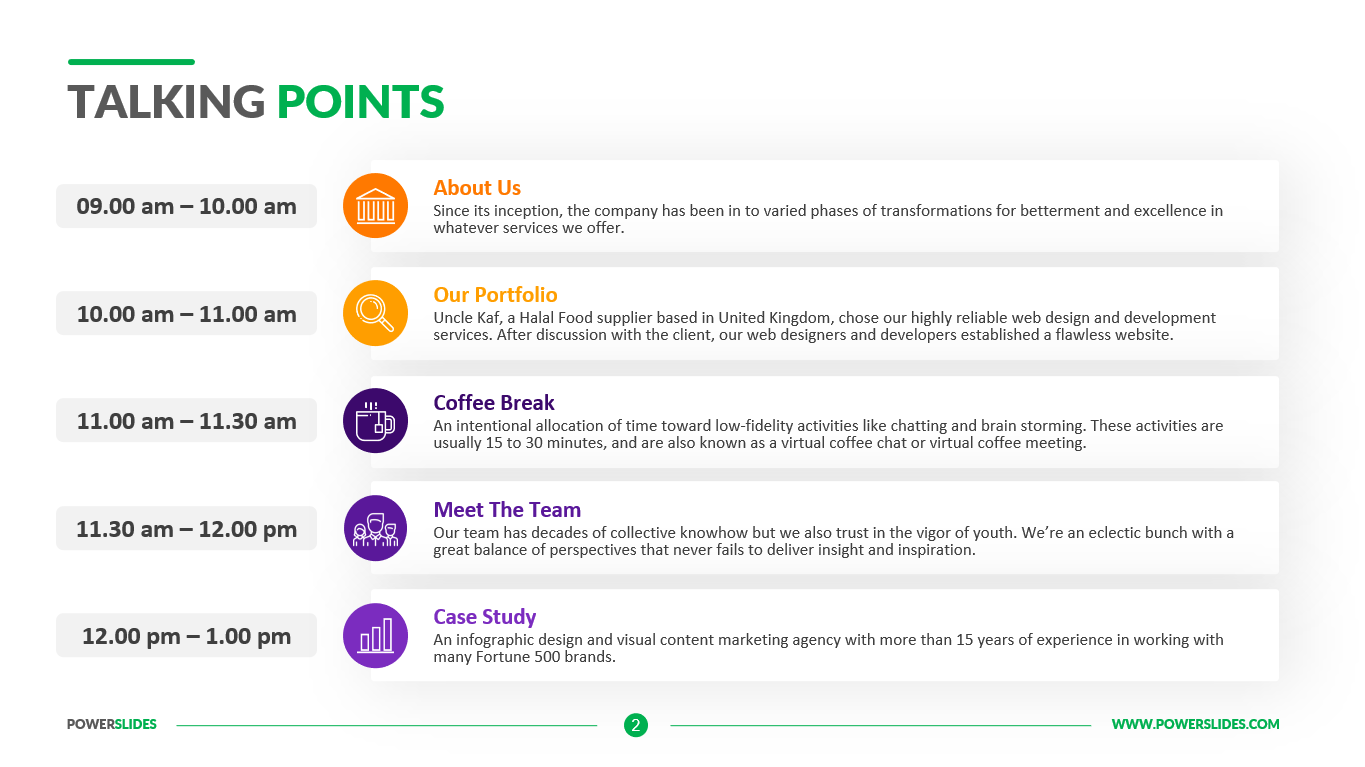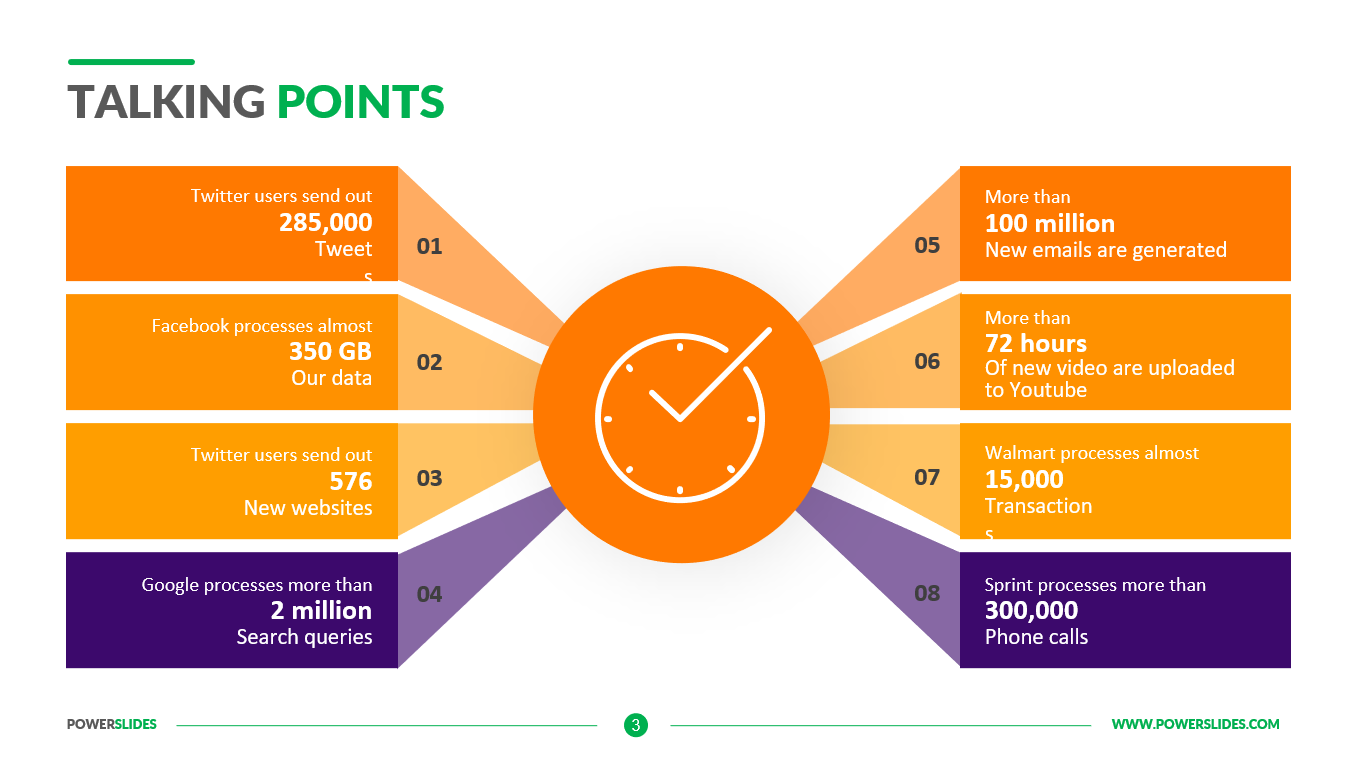Agile Retrospective
 4 Slides
4 Slides
 File size: 16:9
File size: 16:9 
 Fonts: Lato, Calibri
Fonts: Lato, Calibri
 Supported version
PPT 2010, PPT 2013, PPT 2016
Supported version
PPT 2010, PPT 2013, PPT 2016
Product details
The agile manifesto proposes that a team reflects on how to become more effective. Agile retrospectives can be used to inspect and adapt the way of working. But sometimes teams struggle to figure out what an agile retrospective is? And they wonder why they should do them?
Create the perfect retrospection on any project with our Agile Retrospective Template and inspire continuous improvement in your team. An agile retrospective is a short meeting for project teams to reflect on the most recent stage of their project, analyse their processes, and identify things that can be done better. Regular agile retrospective meetings support constant learning and improvement throughout the life cycle of the project.
Agile retrospective focuses on 4 areas as shown in the slides:
1) What worked well?
2) What needs Improvement?
3) What’s next?
4) What puzzles us?
The whole team attends the retrospective meeting, where they “inspect” how the iteration (sprint) has been done, and decide what and how they want to “adapt” their processes to improve. The actions coming out of a retrospective are communicated and done in the next iteration. That makes retrospectives an effective way to do short cycled improvement.
The retrospective facilitator (often the Scrum master) should have a toolbox of retrospective techniques, and be able to pick the most effective one.
To assure that actions from a retrospective are done, they can be brought into the team planning, and made visible by putting them on the planning board. User stories can be used to plan and track bigger improvements, describing who, what and why. Every retrospective meeting starts by looking at the actions from the previous meeting, to see if they are finished (and to take action if not).
It is crucial to have an open culture in agile retrospectives where team members speak up. Regardless of what we discover, we understand and truly believe that everyone did the best job they could, given what they knew at the time, their skills and abilities, the resources available, and the situation at hand.
With the Prime Directive, retrospectives become an effective team gathering where people learn from each other and find solutions to improve their way of working.
The first slide houses 3 sections with illustrative icons: worked well, needs improvement, and what’s next? Each section contain A4 paper icons to communicate the importance of taking notes while in each section.
The presenter can use the second slide to shine light on the good stuff and the not-so-good stuff. The subsequent slide allows the presenter to give individual ratings to work done in each of the four sections: What went well? What didn’t go well? What we’re trying next? What puzzles us?
Team leaders can use this template for weekly sprints with team members. You can describe in detail what needs to be improved in the project, how to redirect resources to priority user stories. This template can be used by IT companies in their daily work on projects to develop applications for clients.
Also, this template can be used by university teachers and business coaches when preparing courses on Agile or effective project management. Also, this template will be useful for startups and project managers. Risk managers can also use the slides of this template when preparing their strategy for getting the company out of the crisis.
Text and colors are 100% editable and can be personalized to suit your preference. The agile retrospective template is an exceptional tool for making an agile retrospective PowerPoint presentation for project development teams. This template has all the necessary tools to build a professional presentation and will organically complement your old project management presentations.




 (3.67/ 5)
(3.67/ 5)

